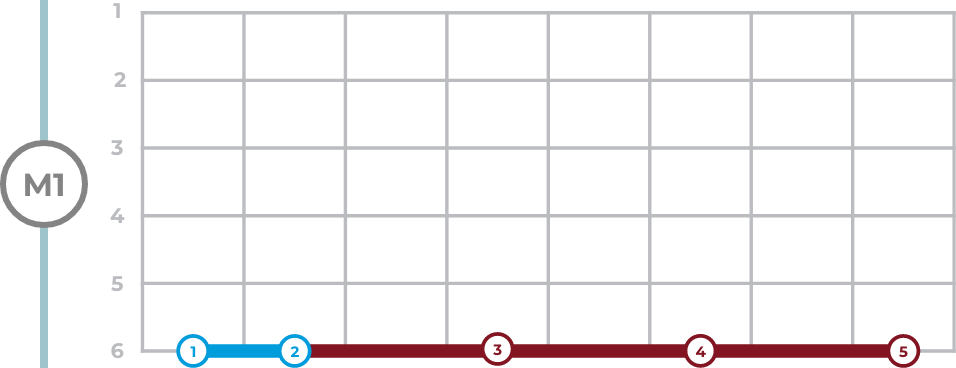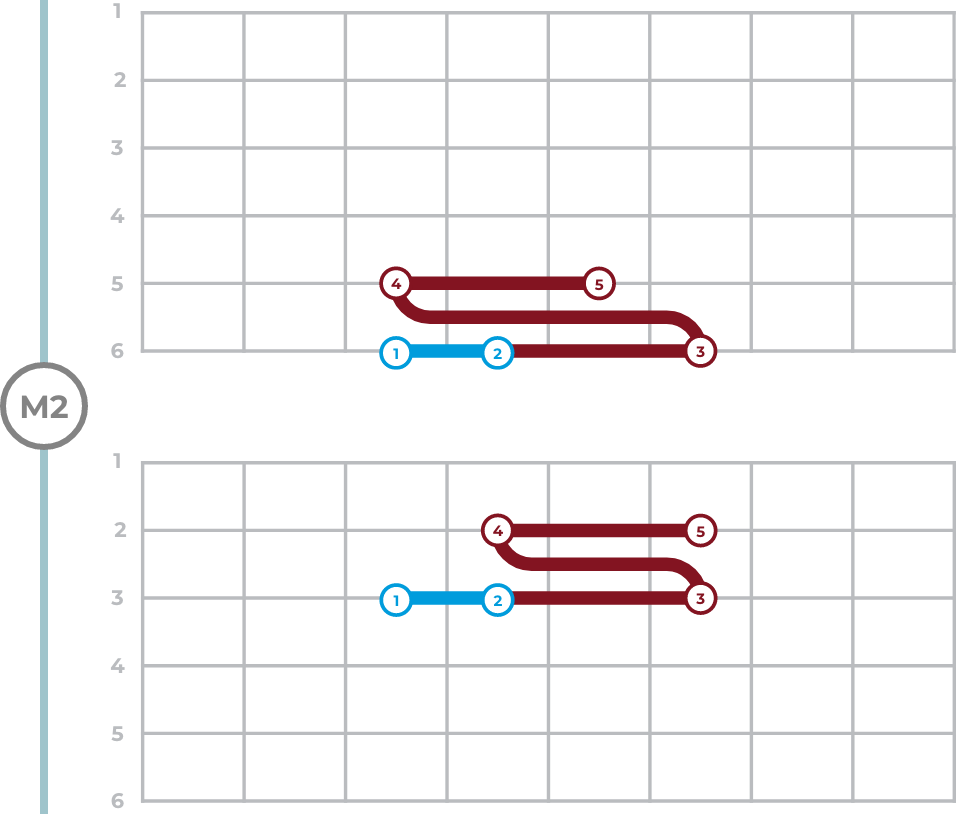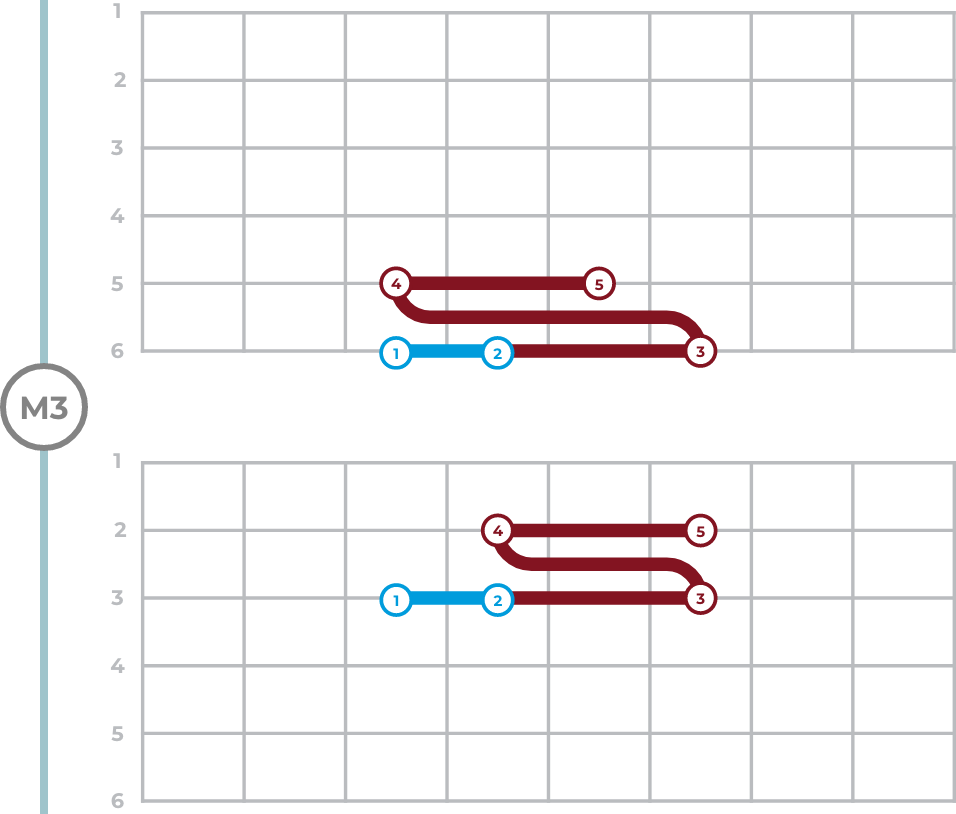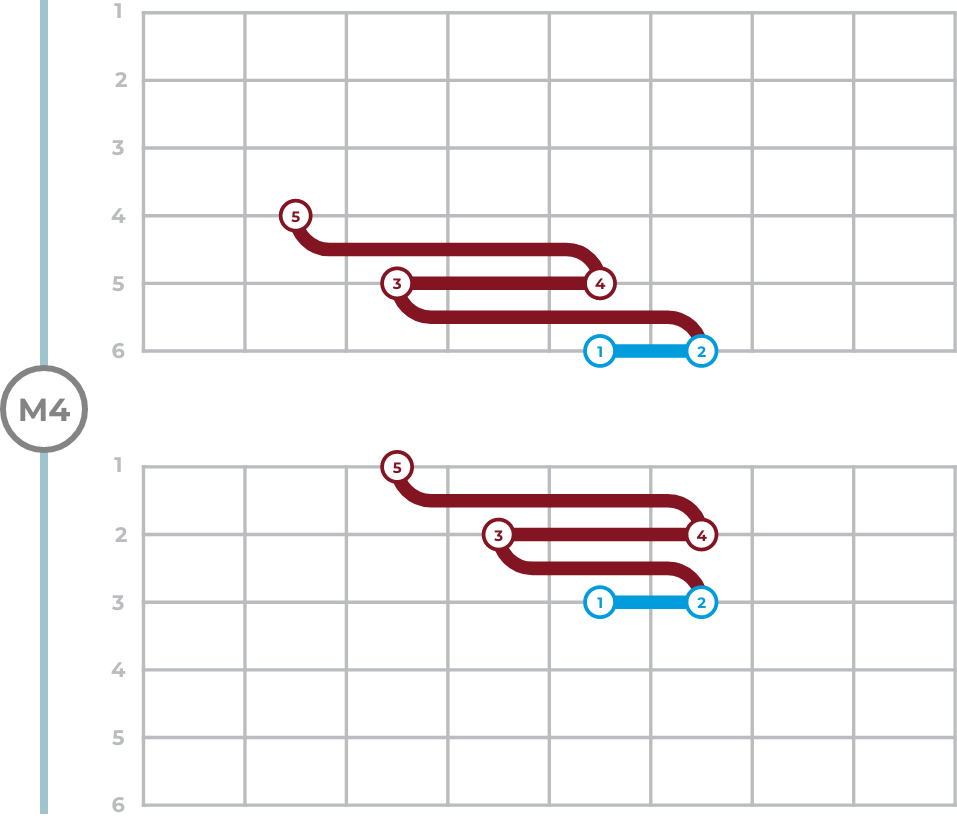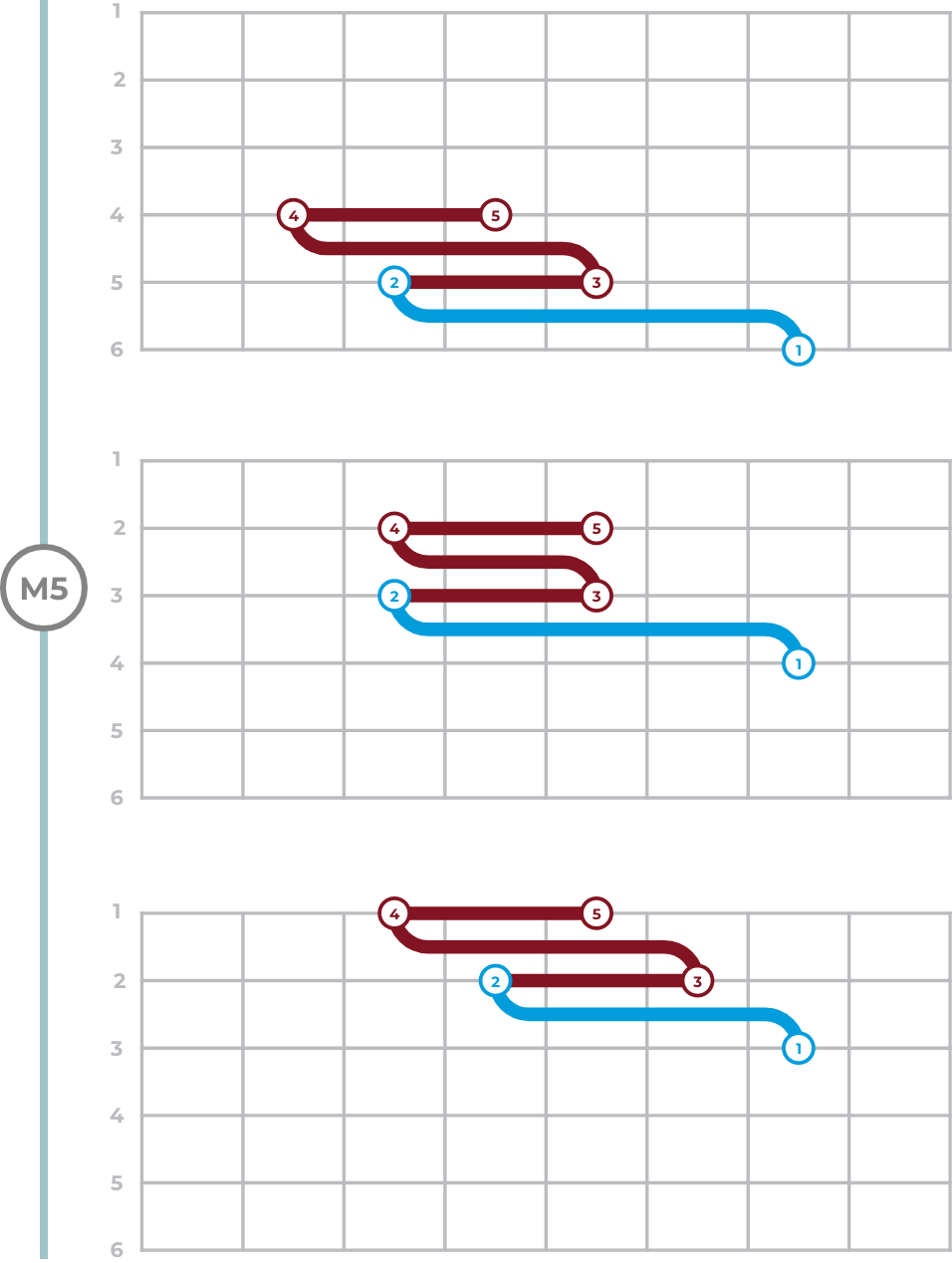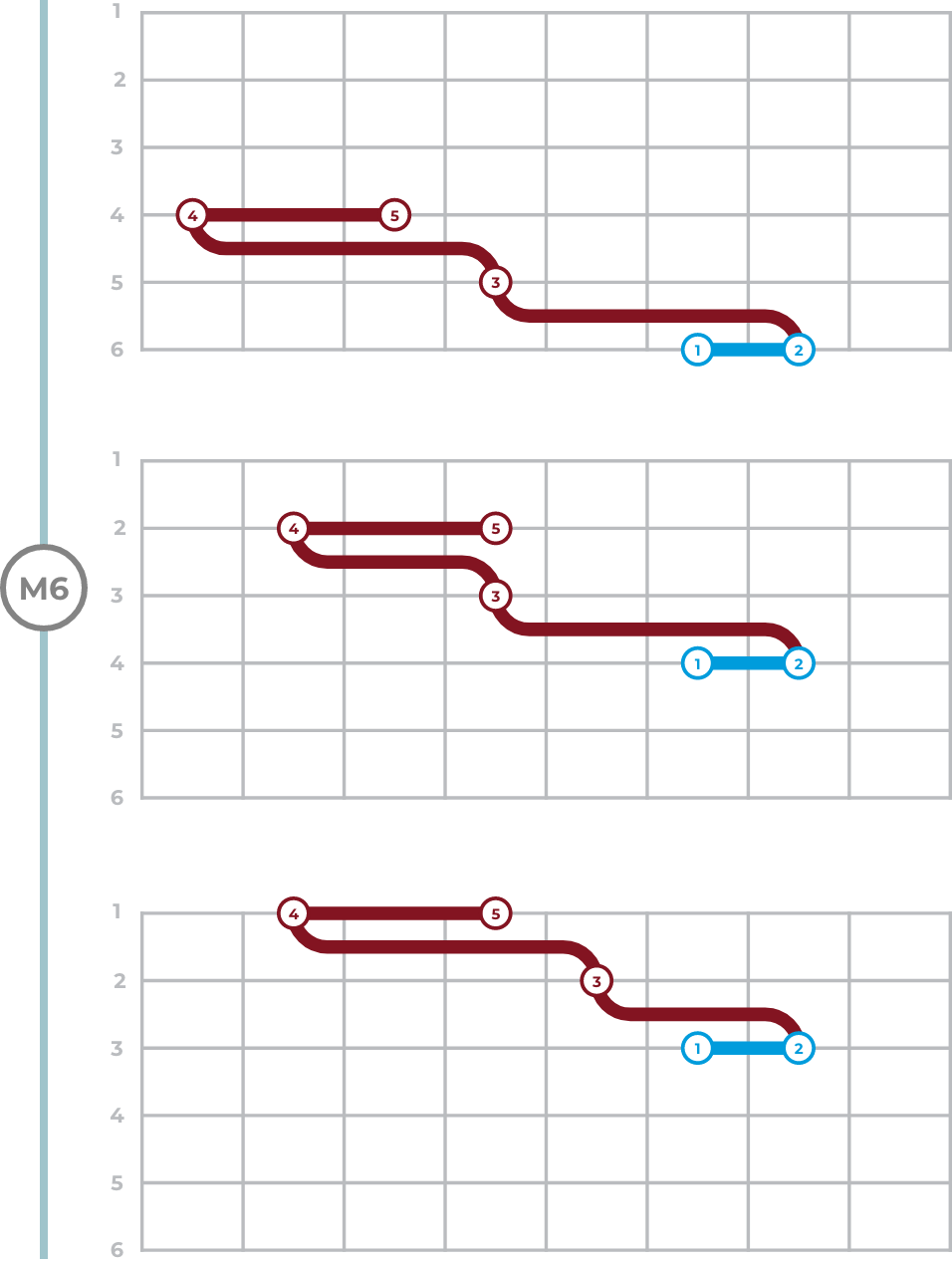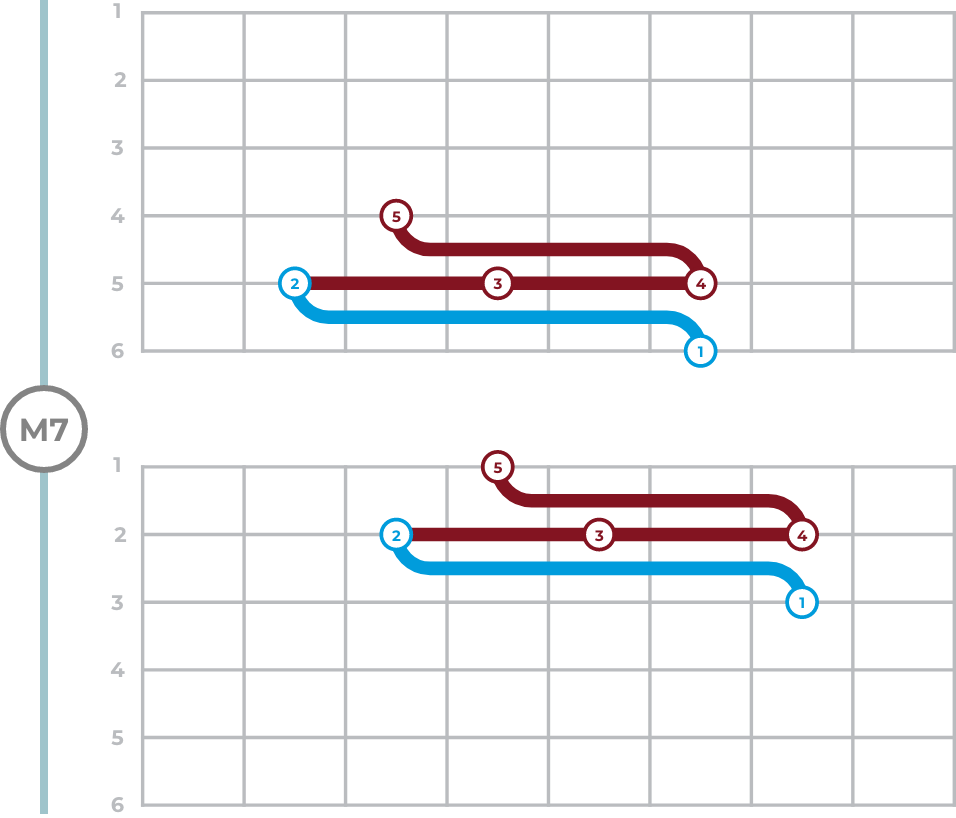The following charts show movement patterns used when playing scales or simply changing from one note to another. While training your fingers and building up your dexterity it is worthwhile to practice these common movements and be aware of how many steps are between any two notes, and this will help later as you start to learn music theory. All the patterns can be played individually or chained together in many different ways. Knowing the type of movement will help as you study theory. Scales are built from the movements in these patterns.
Starting with two notes, the basic movement from one note to another is identified as a half step, a Whole step (two half steps), and sometimes a whole and half step combined. The following charts show how we will represent these movements going forward in the step pattern exercises.

NOTE: In standard tuning, the B string is tuned in a way that shifts the pattern distance between string 3 and string 2. Examples are provided in cases where the shift in space affects the pattern; these patterns are connected by a light blue line on the left of the patterns; they also have a marker M1 - M-7 to help show which patterns are the same in value.

There are up to 4 position movements; any movements after that will be repeated with movement patterns 1 - 4; in that way, they are stackable. These movement patterns are the building blocks for all of the scales you learn in Music theory.
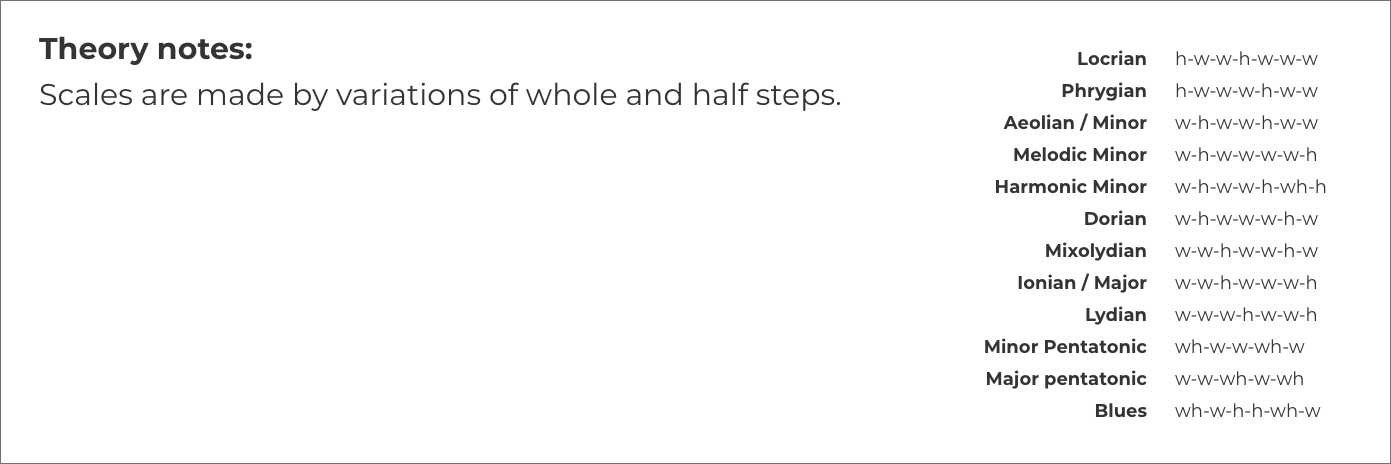
Step Pattern Exercises
The step patterns have information at the top of each page to help connect the relationship they have to theory.


Movements - 1
There are arrows on the first three patterns showing the direction you move in; they are to help show how you would move from note to note progressing from the low e string to high e string; you can and should practice these movements in both directions.
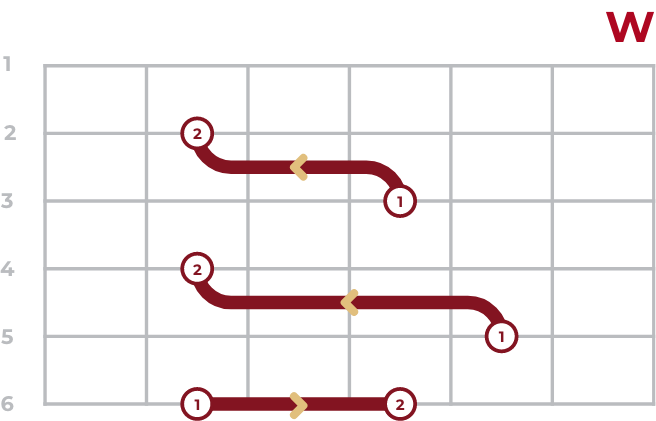
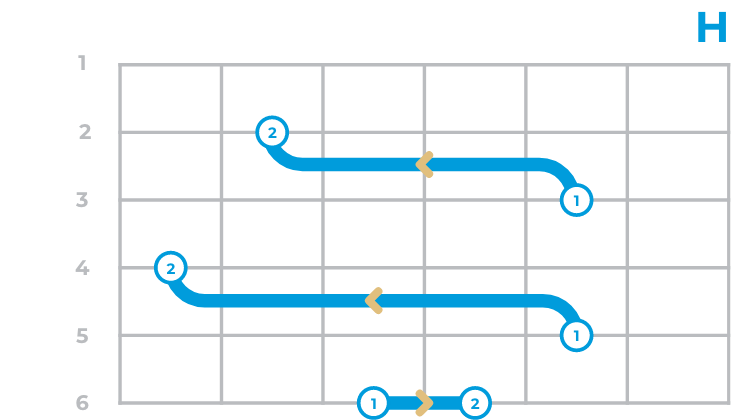
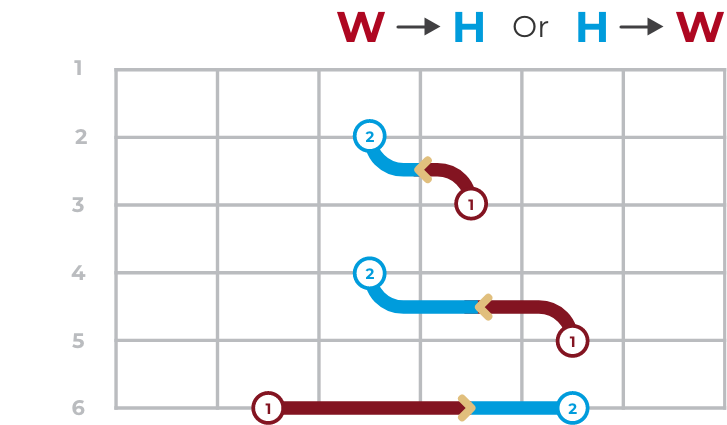
Movements - 2
Ionian (Major) - Mixolydian - Lydian
Major family

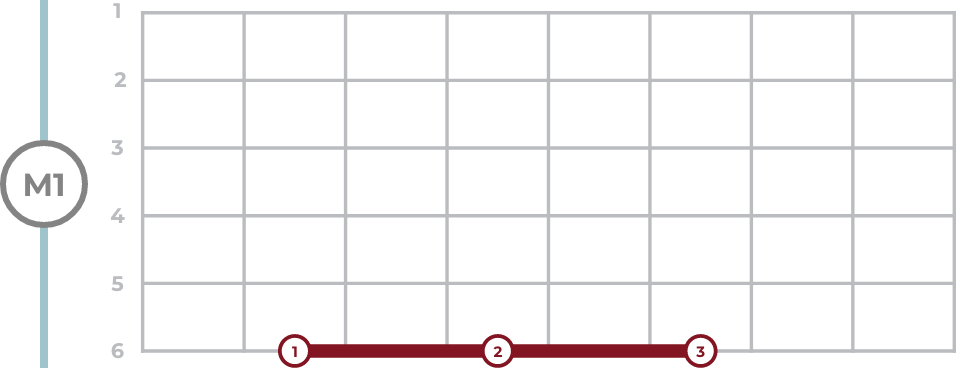
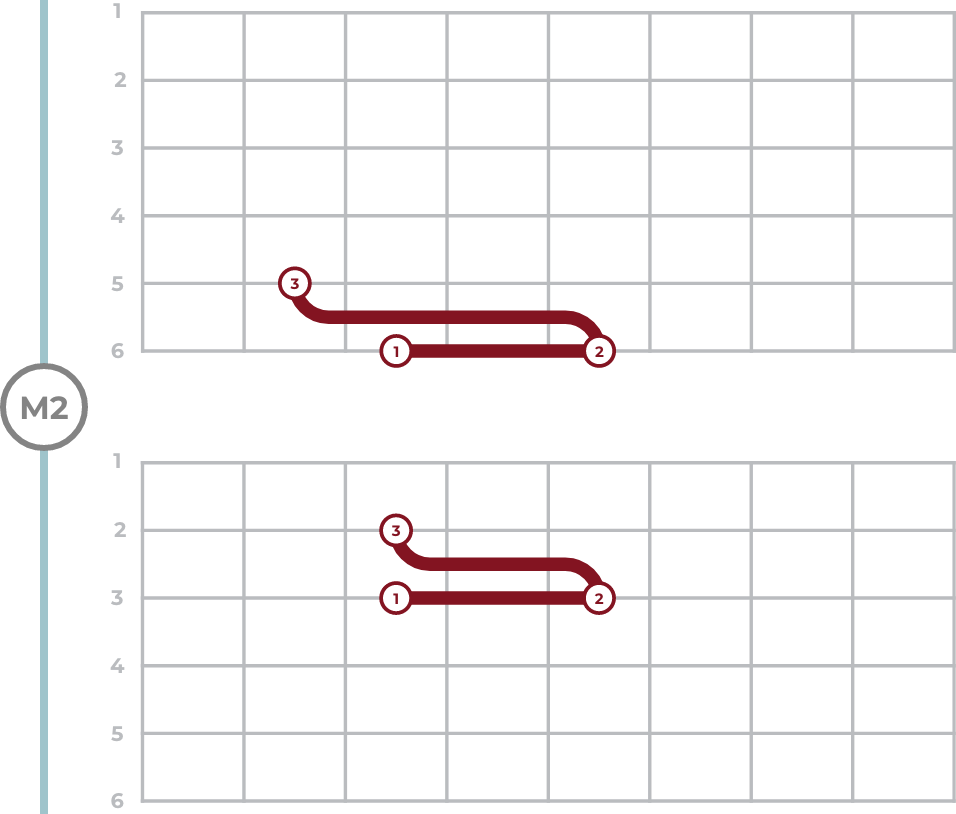
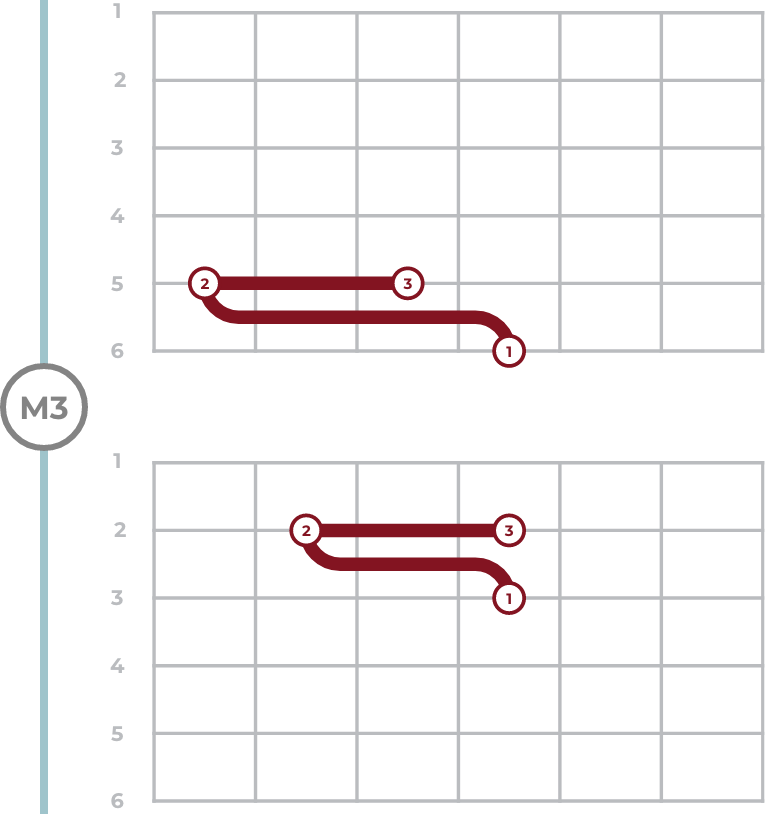
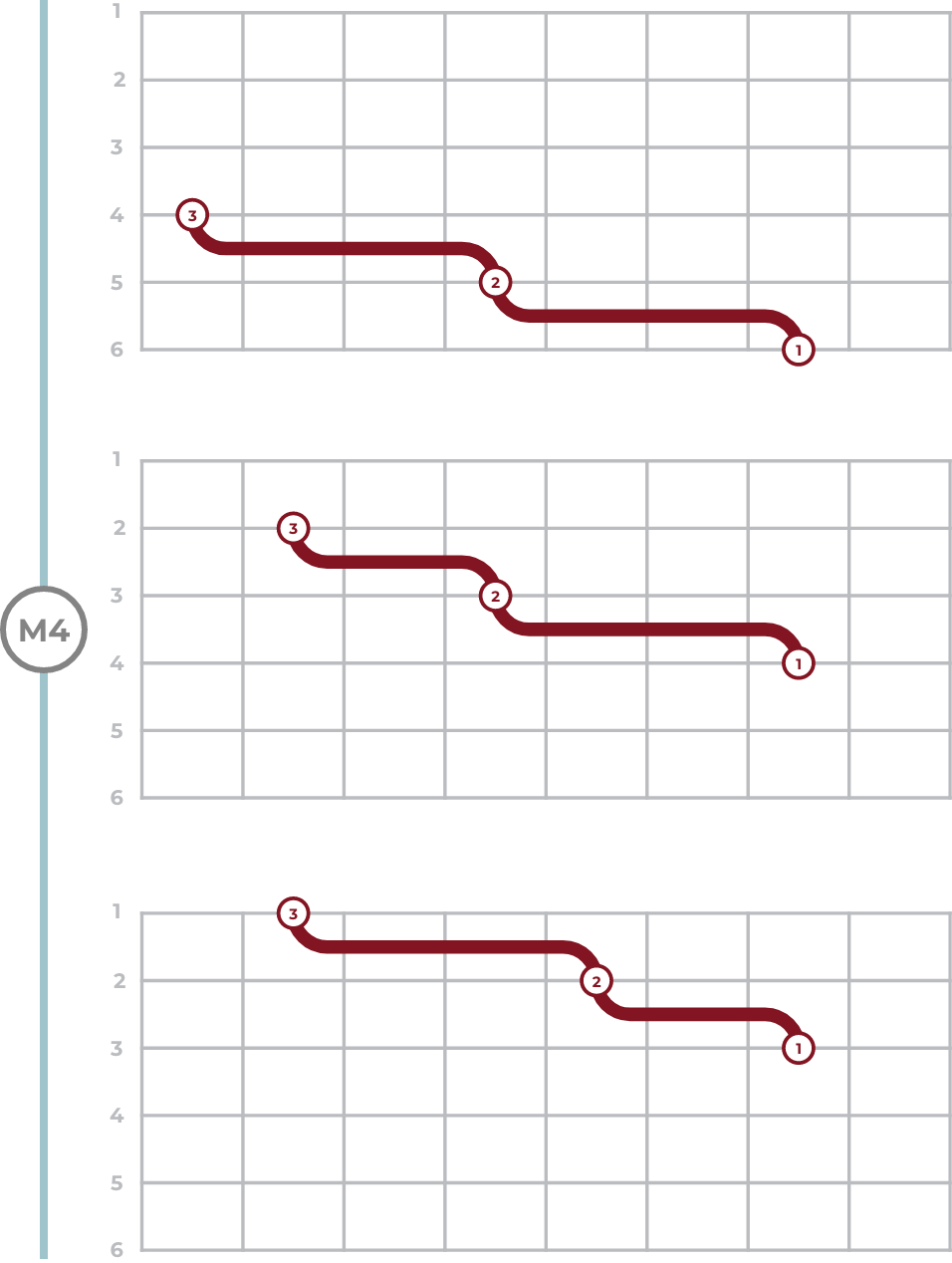
Movements - 2
Aeolian (Minor)
Minor family

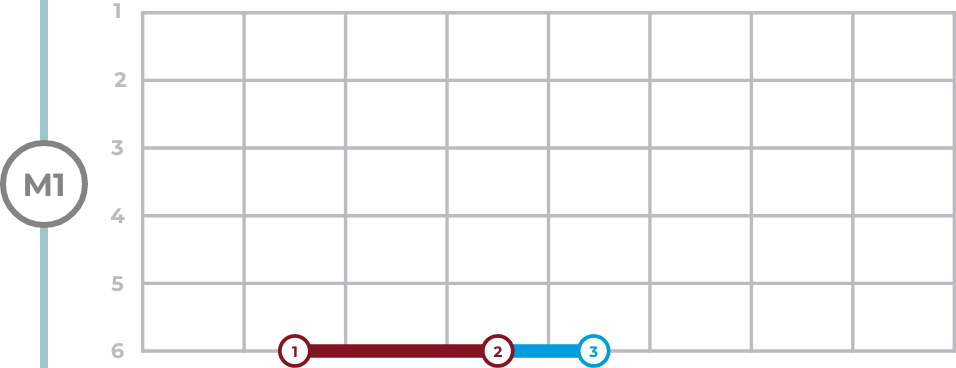
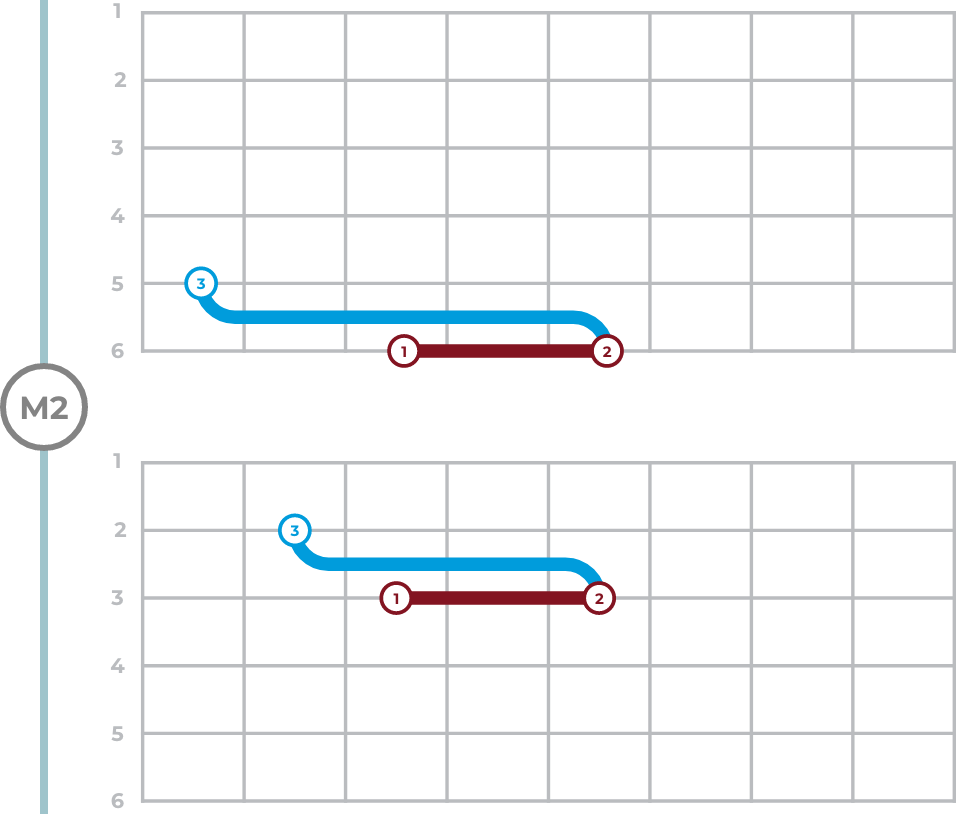
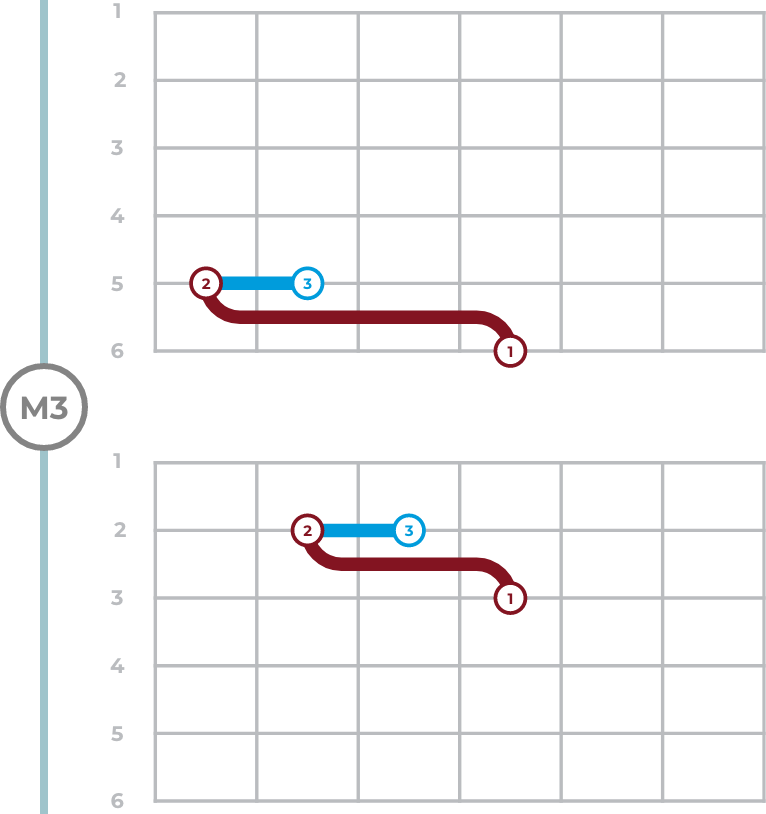
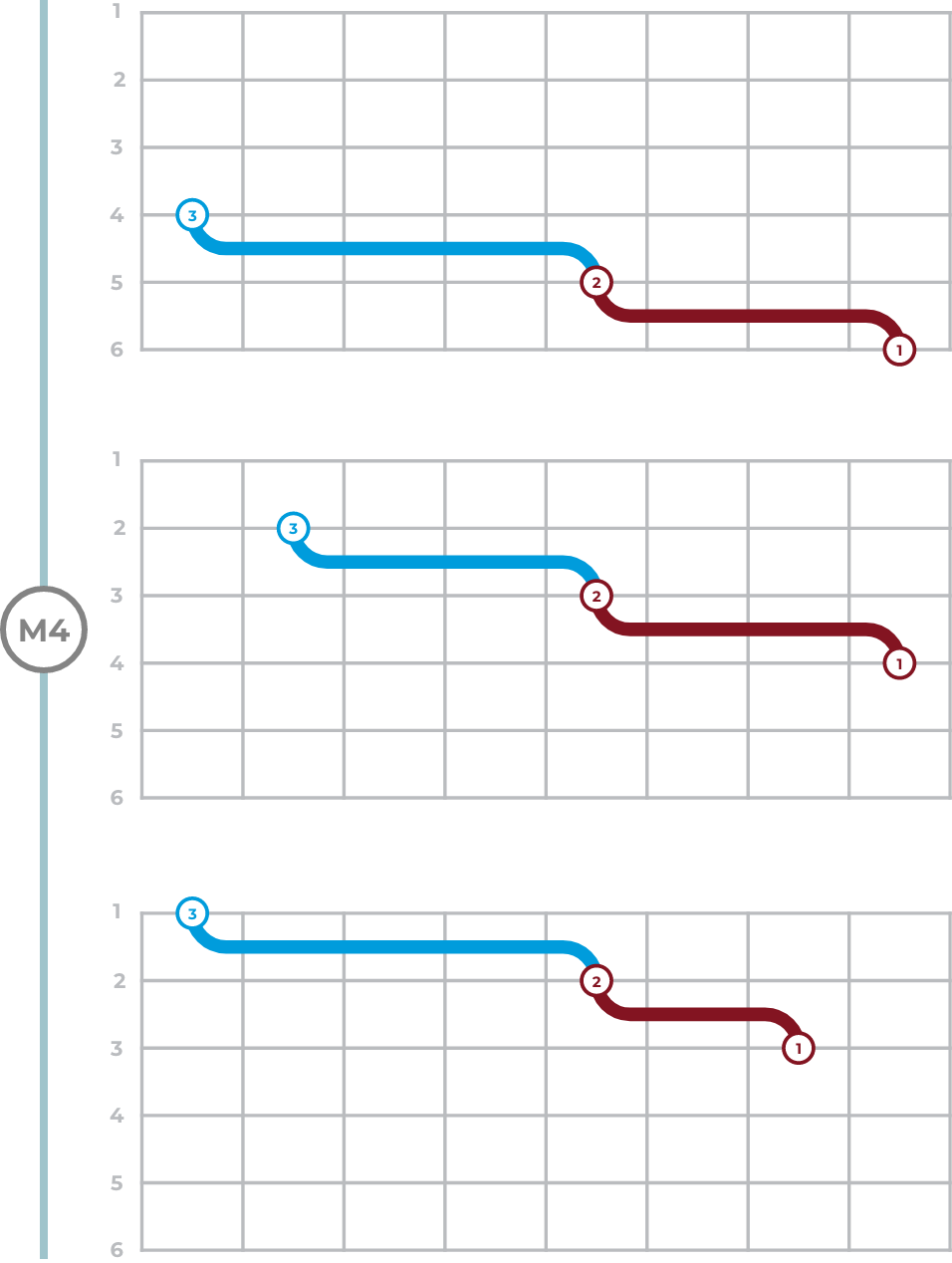
Movements - 2
Lydian
Major family

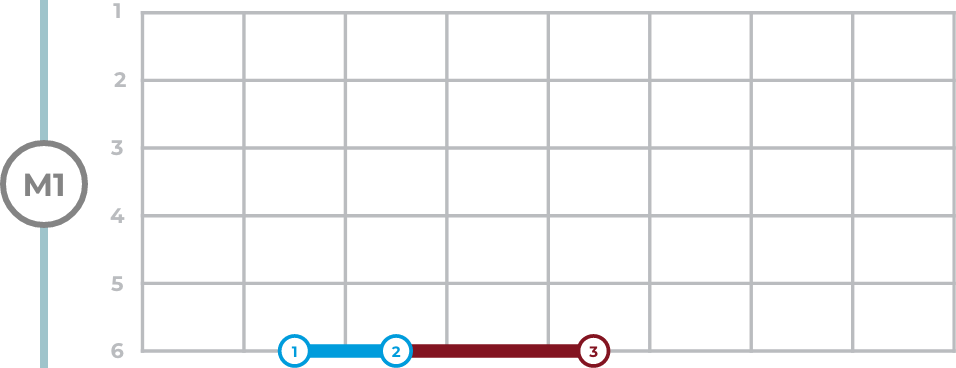
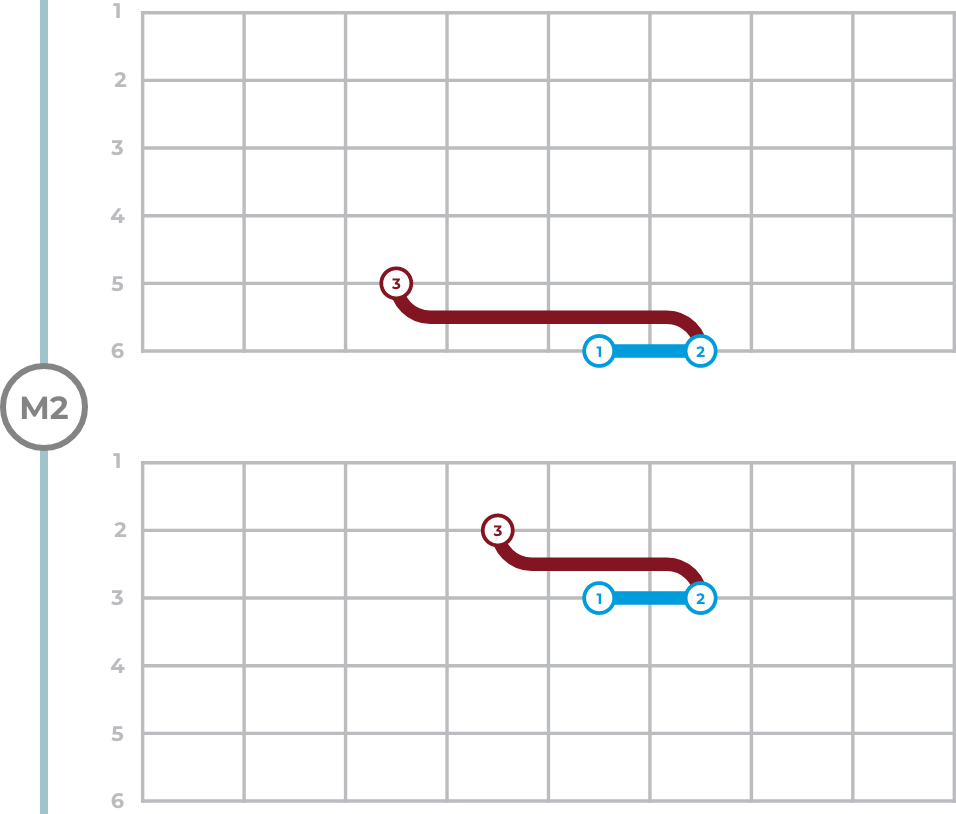
Movements - 3
Lydian
Major family

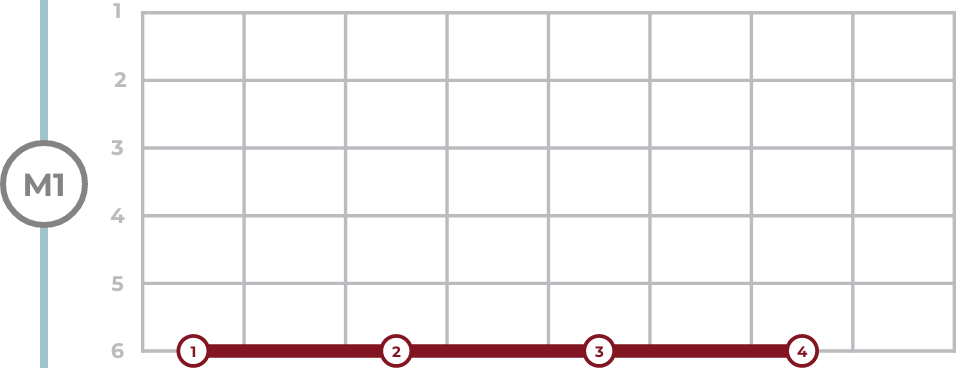
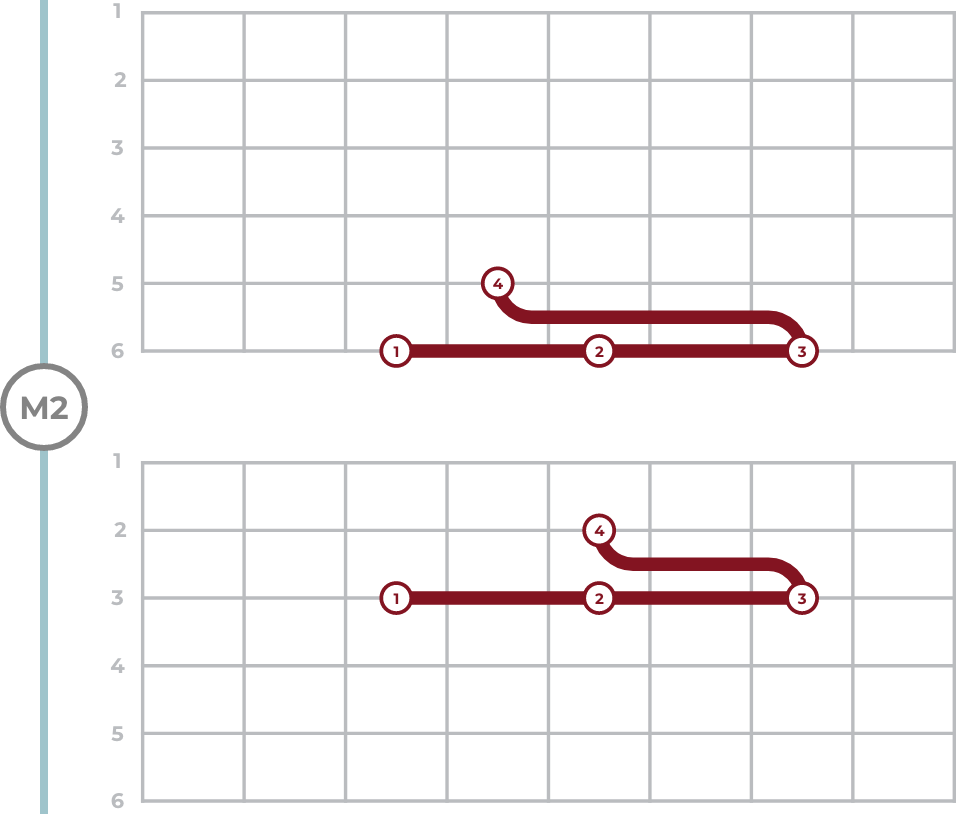
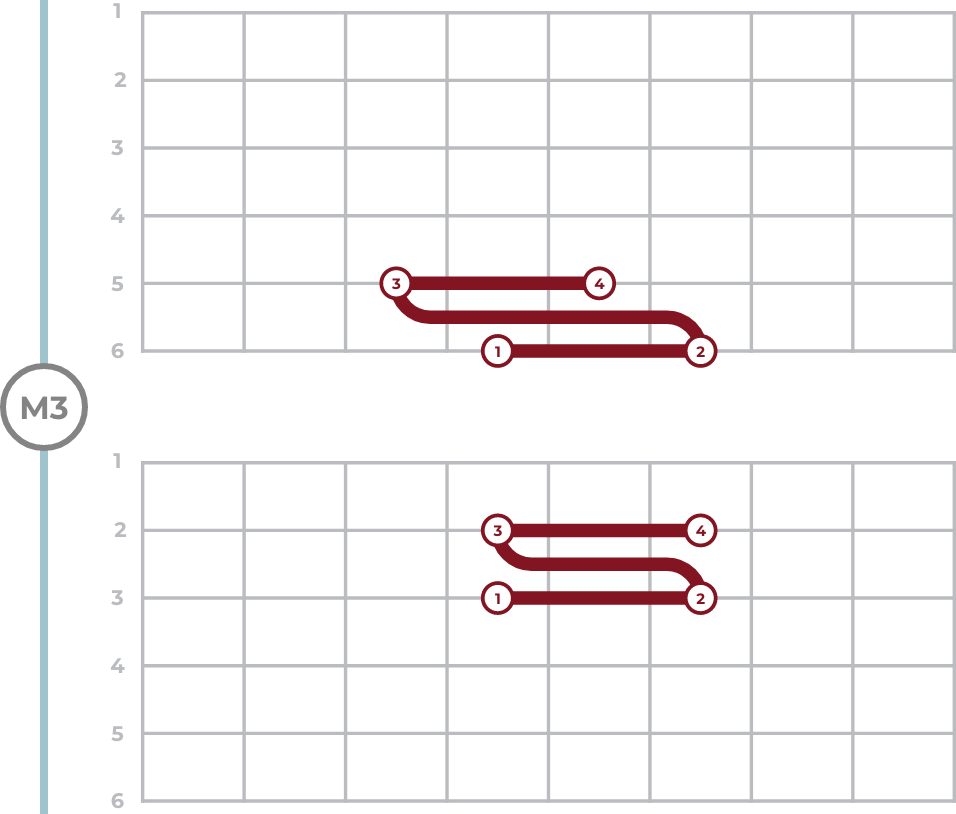
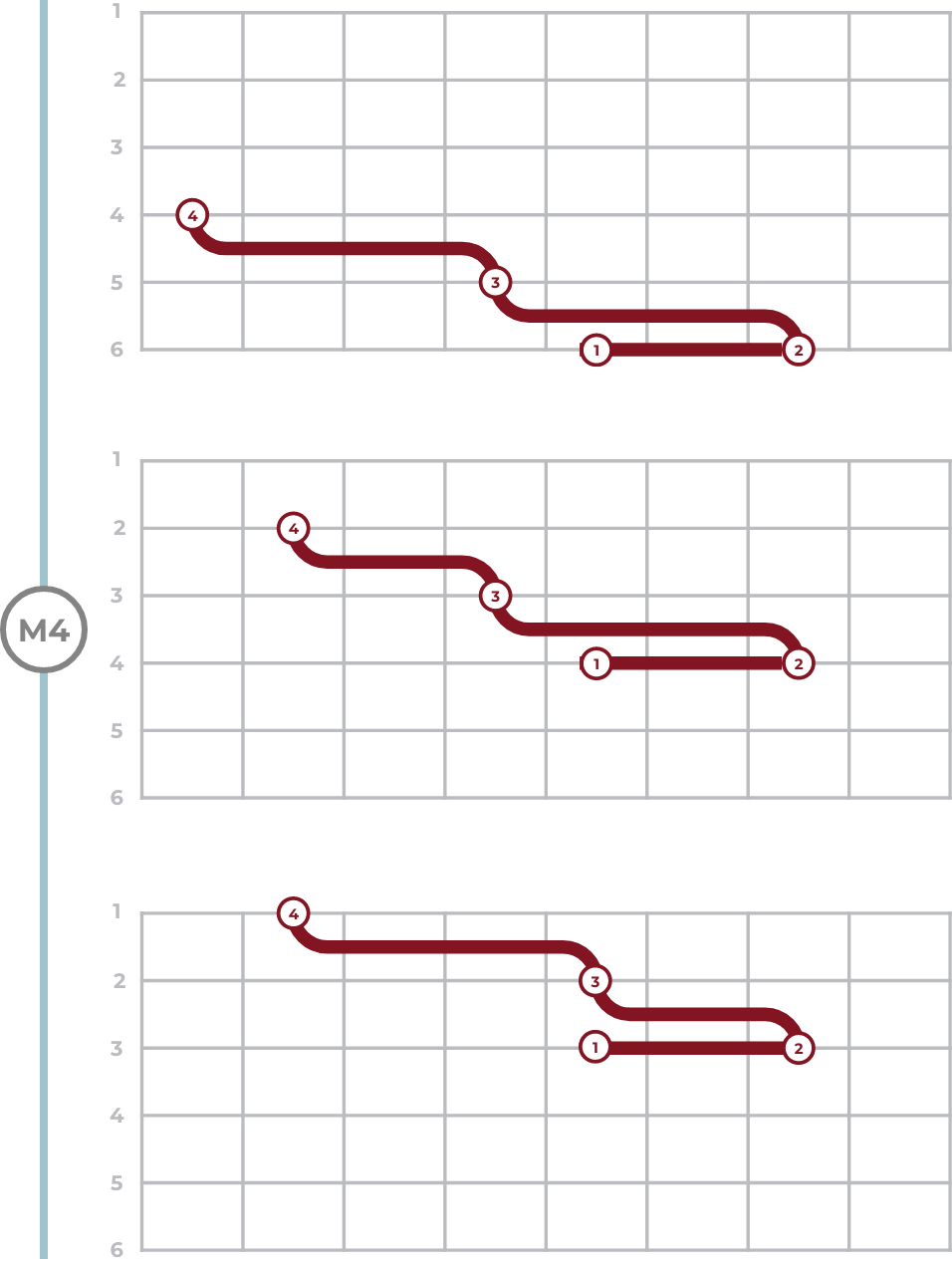
Movements - 3
Dorian - Minor
Minor family

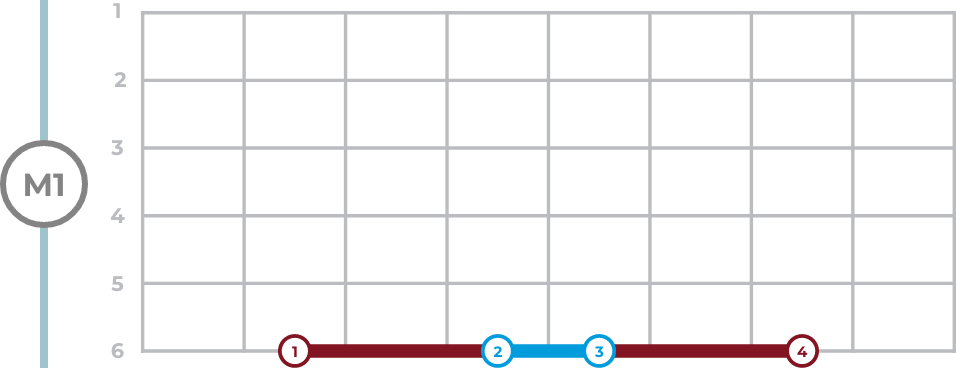
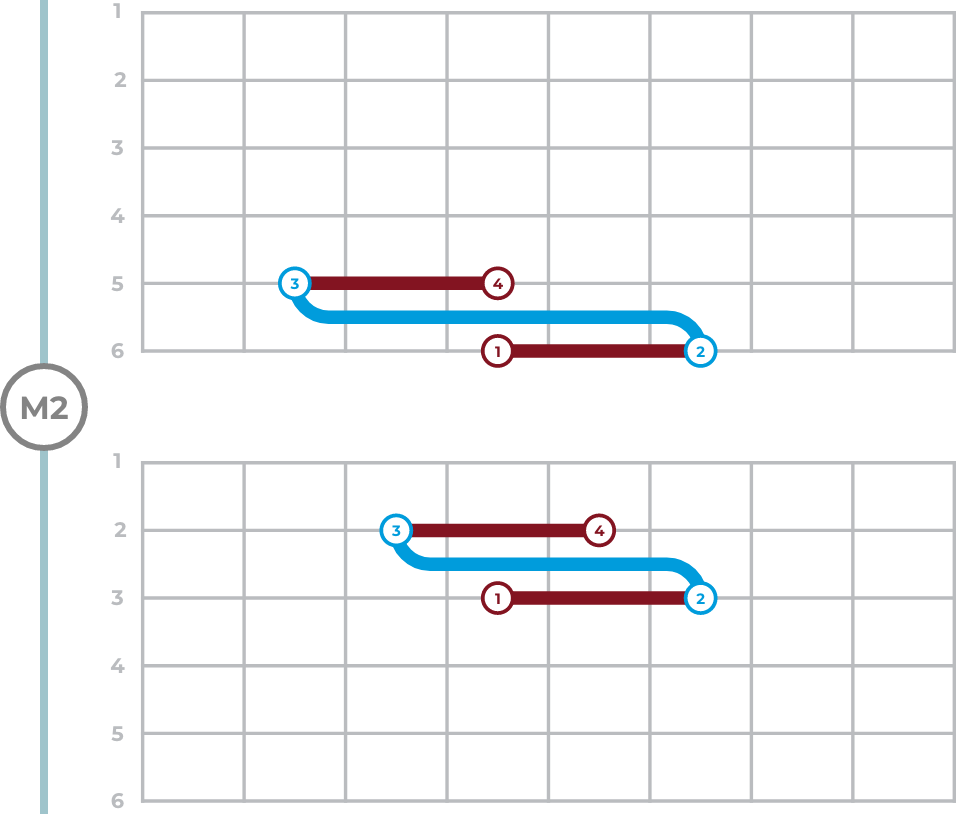
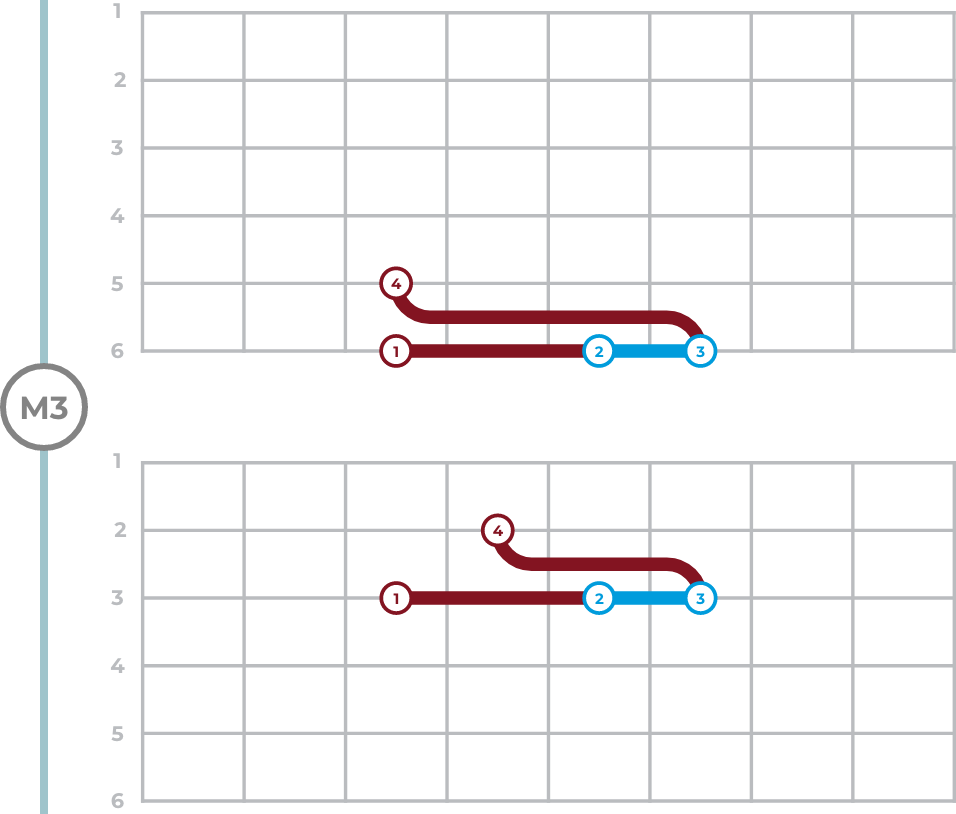
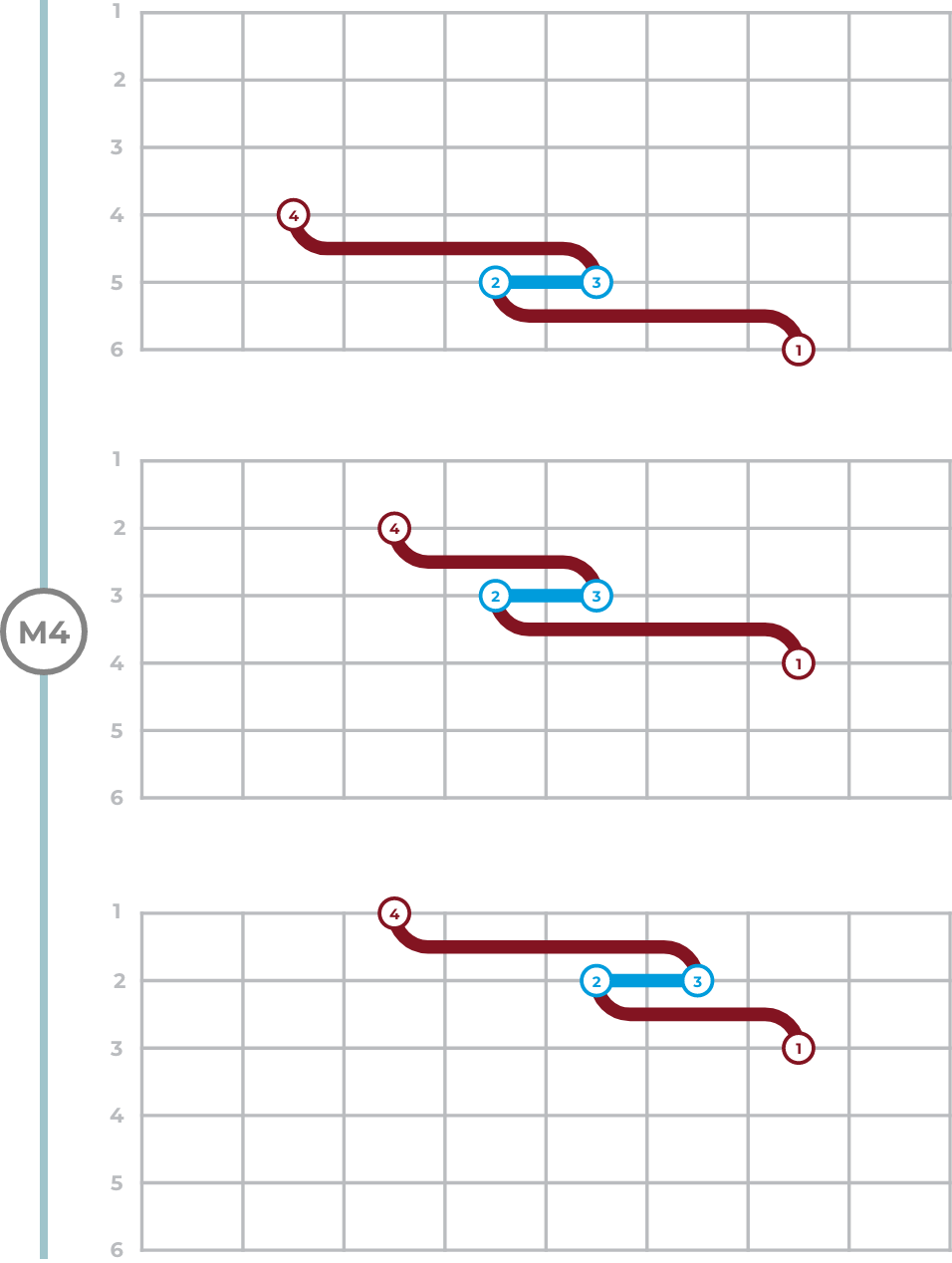
Movements - 3
Ionian (Major) + Mixolydian
Major family

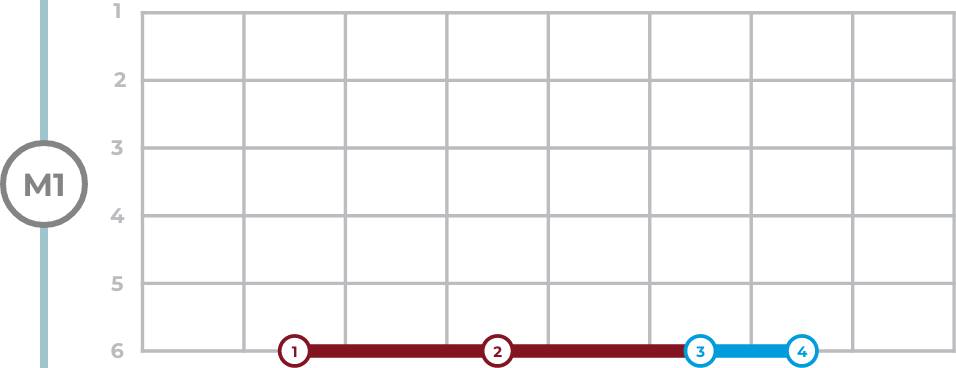
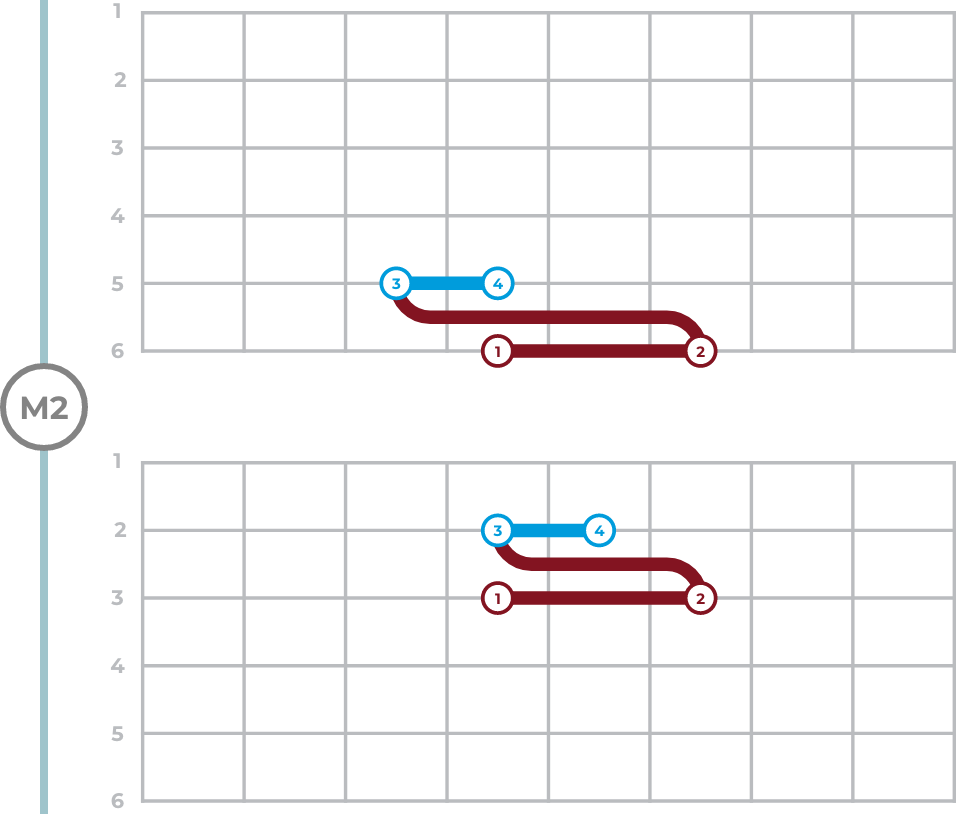
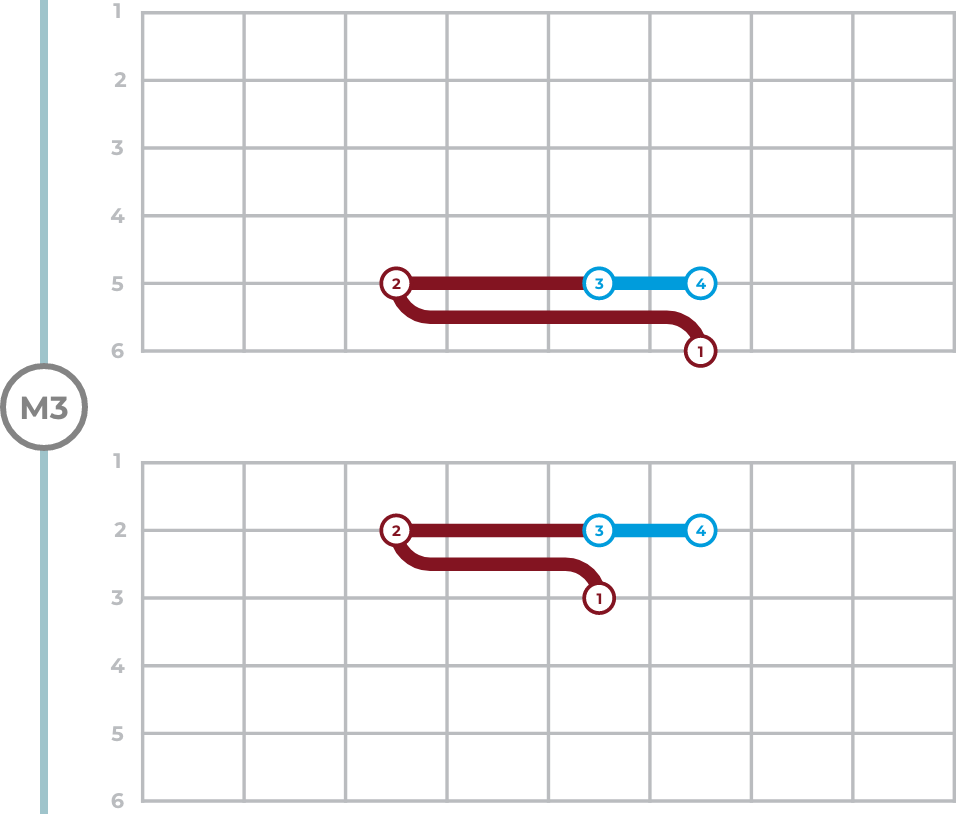
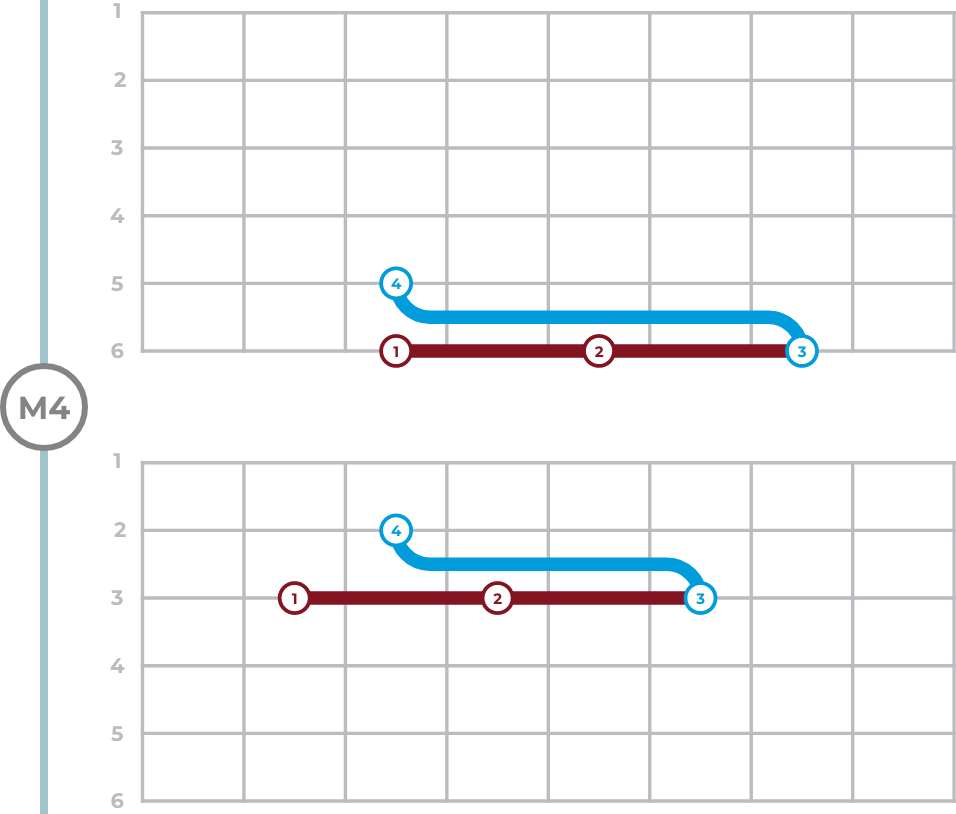
Movements - 3
Phrygian
Minor family

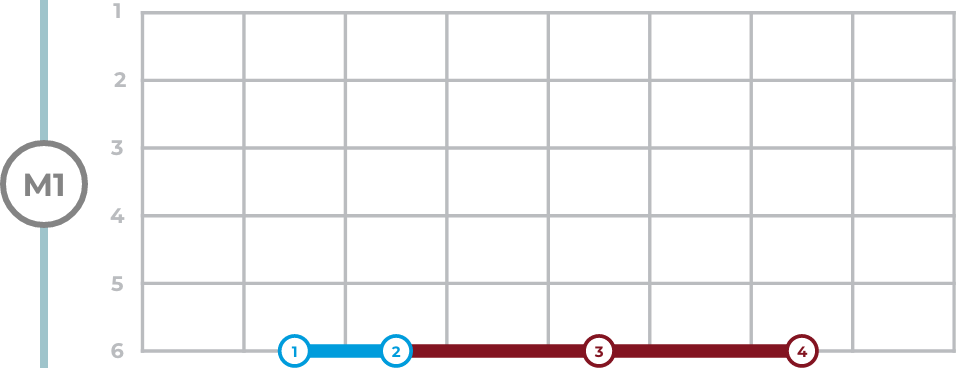
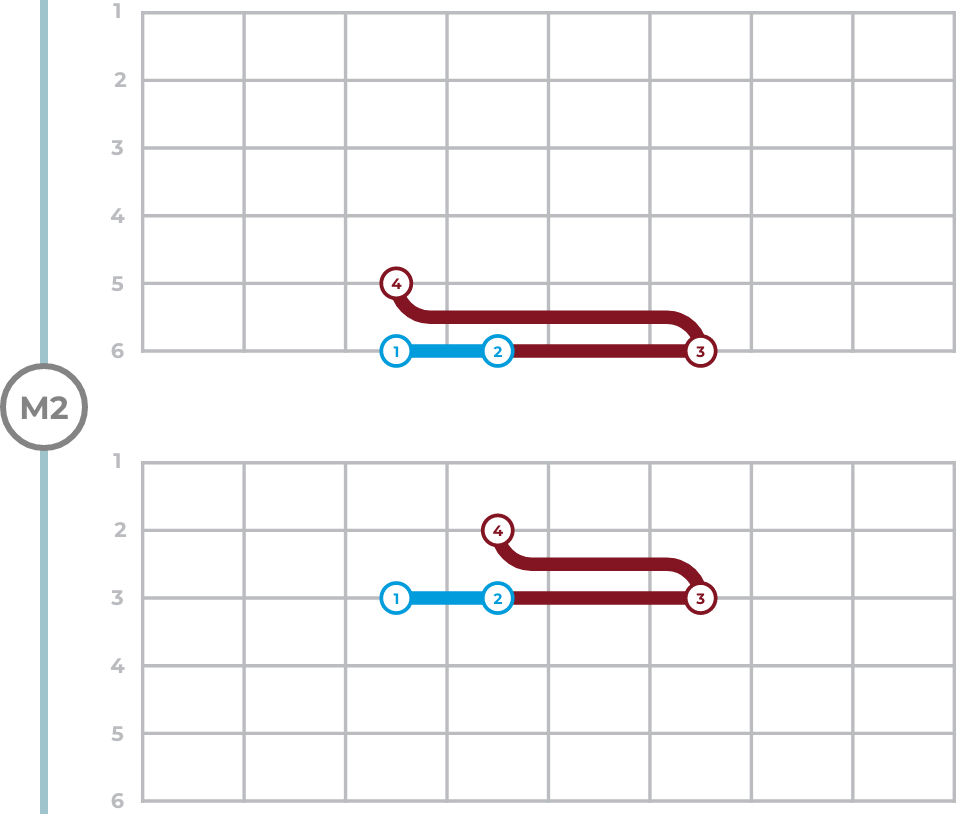

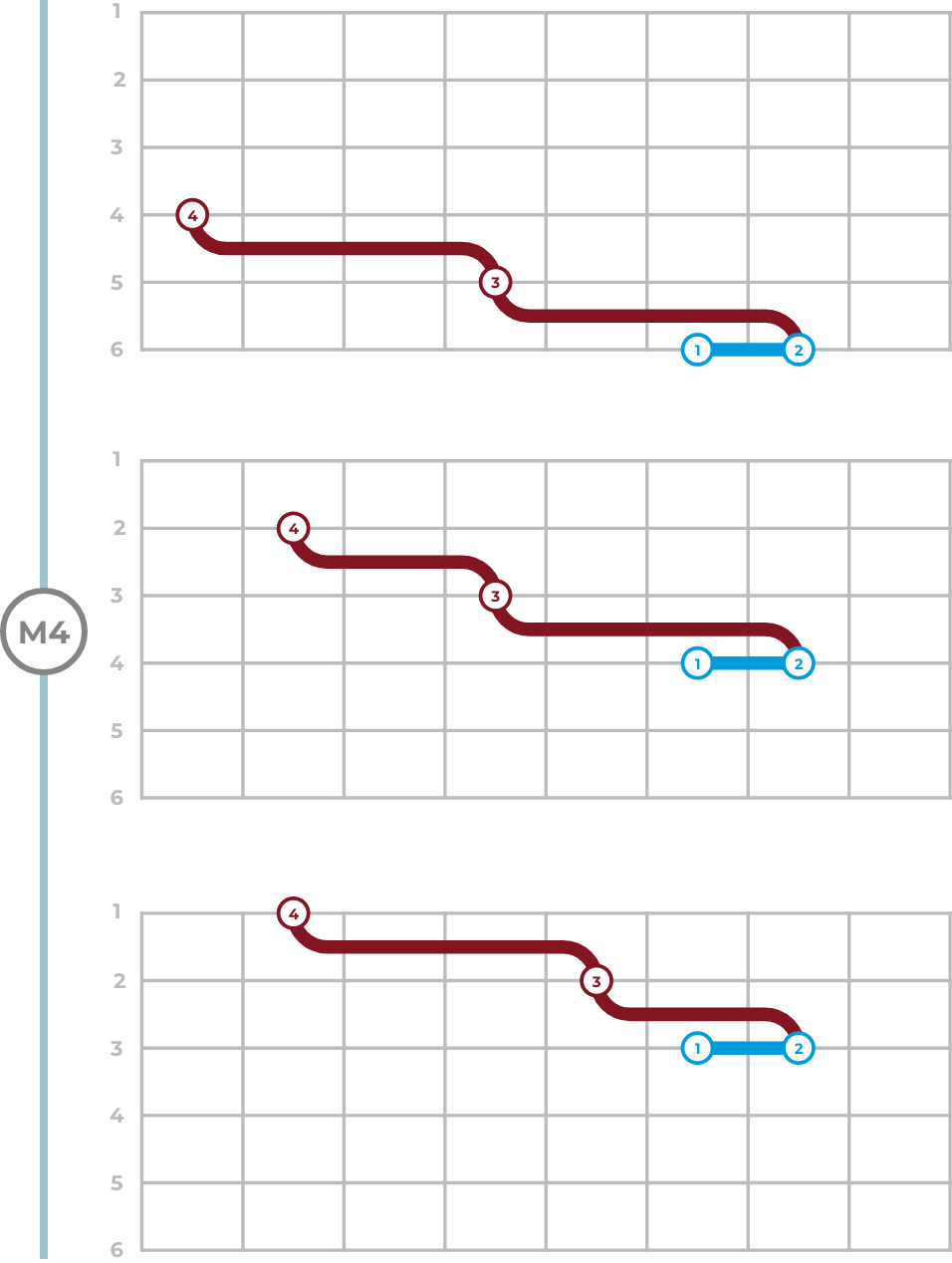
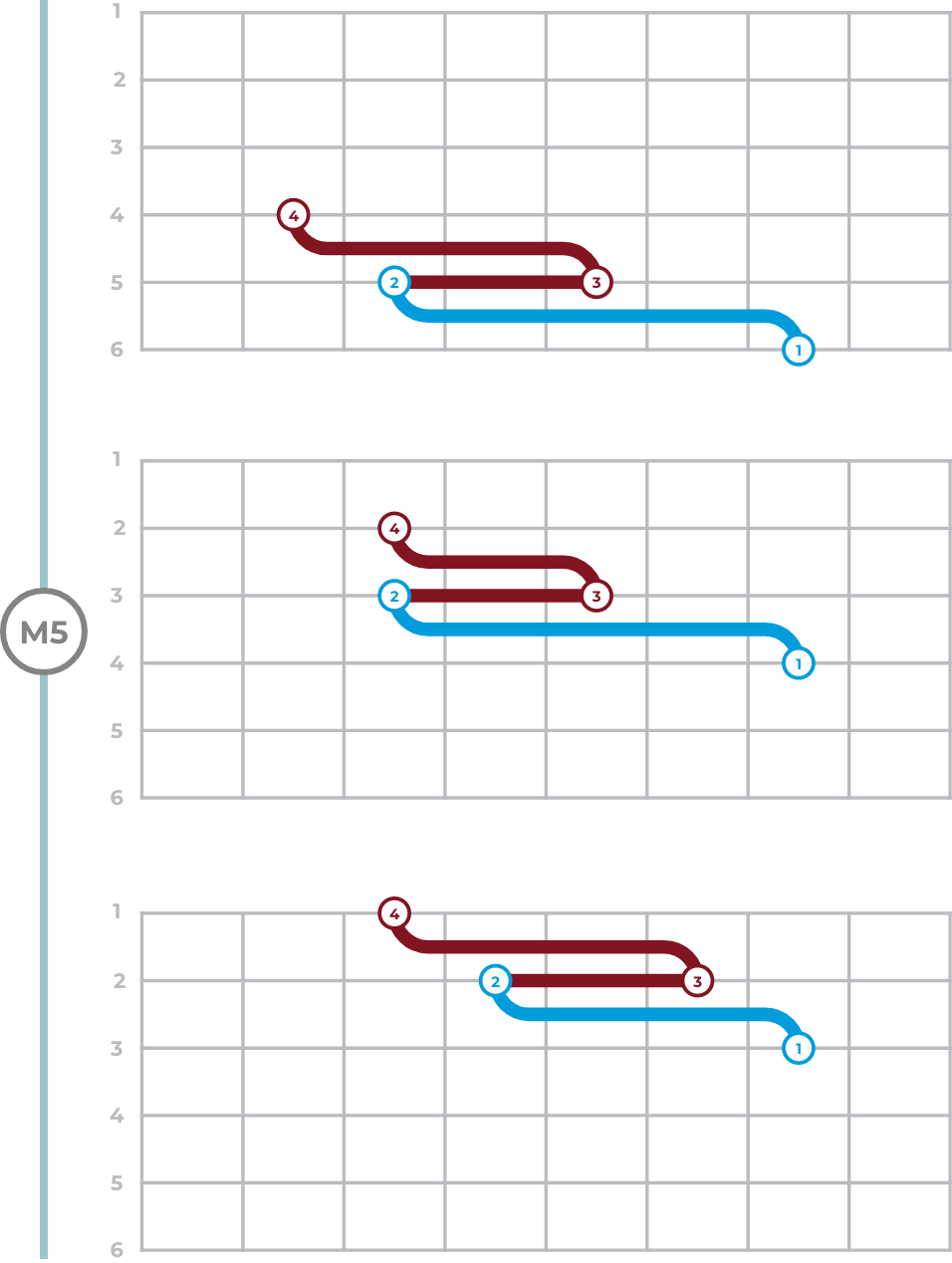
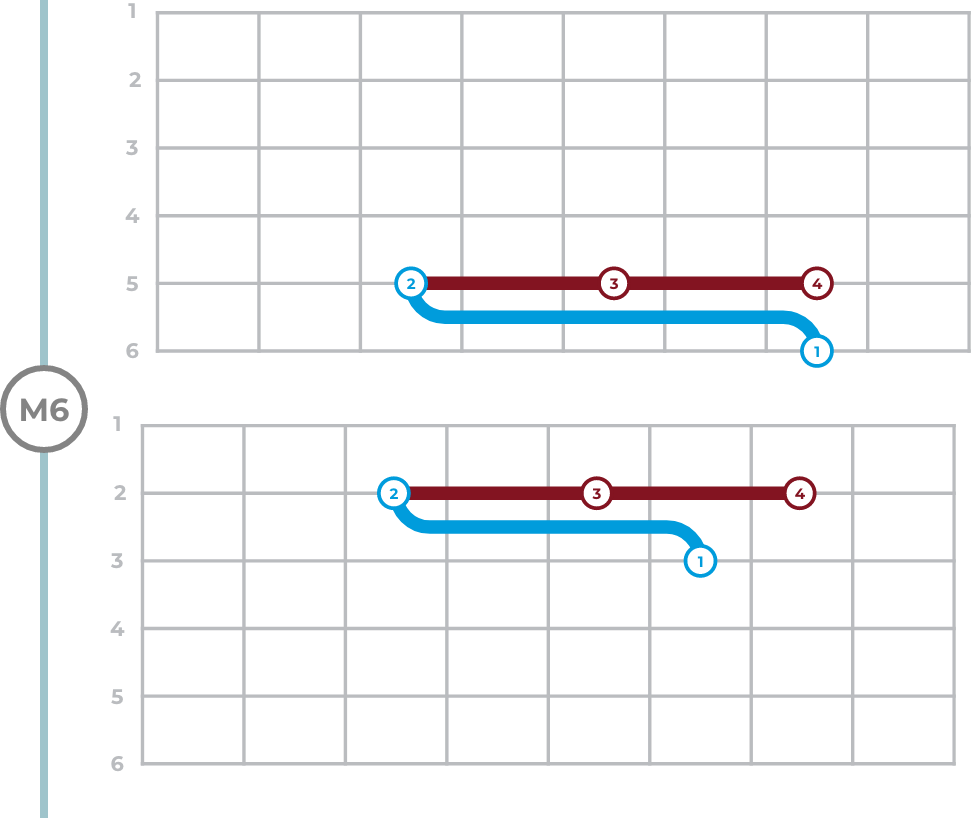
Movements - 4
Lydian
Major family

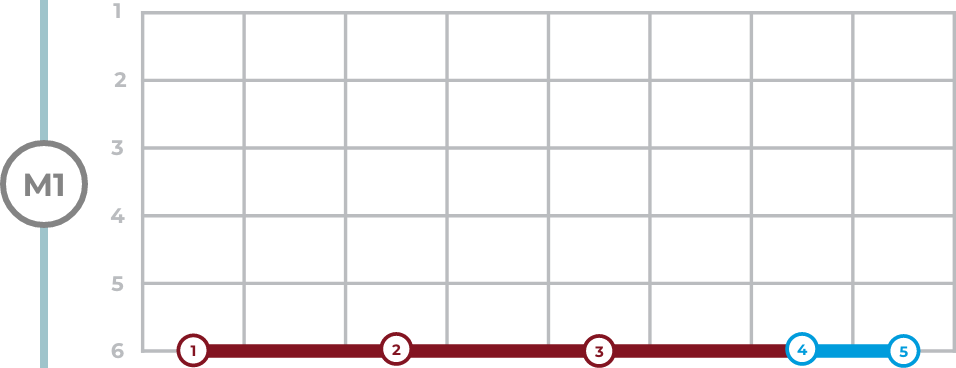
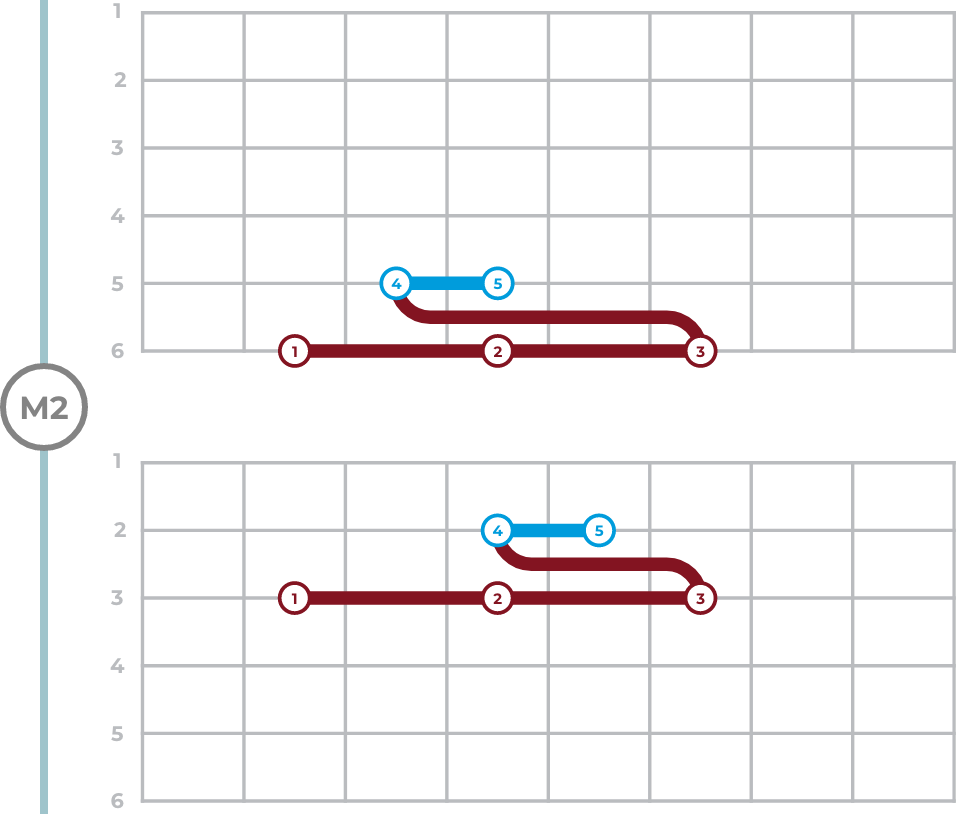
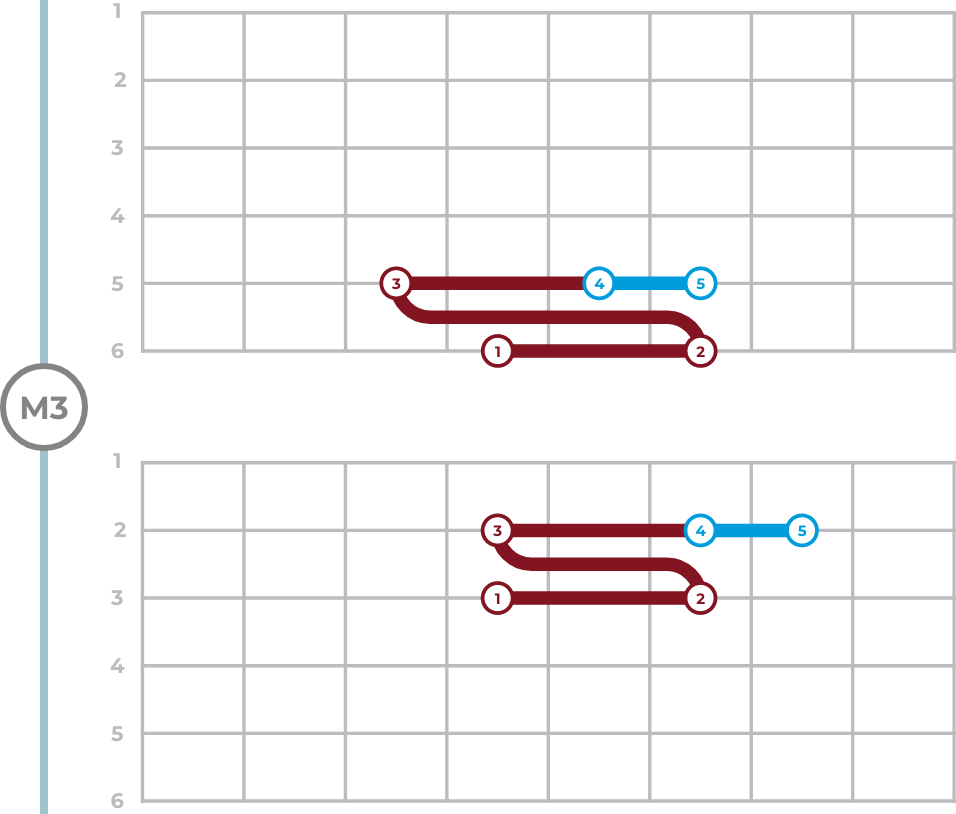
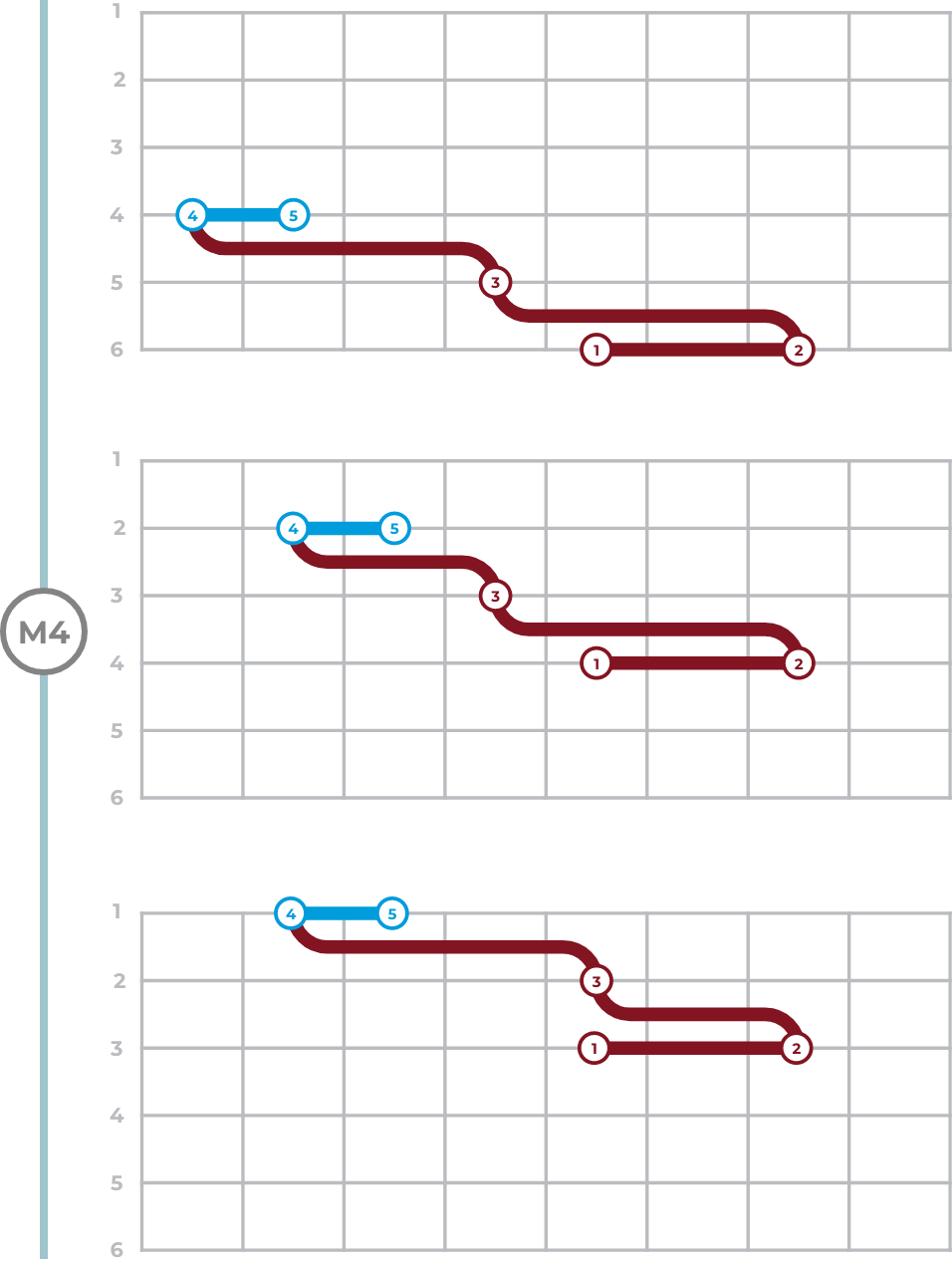
Movements - 4
Minor - Dorian
Minor family

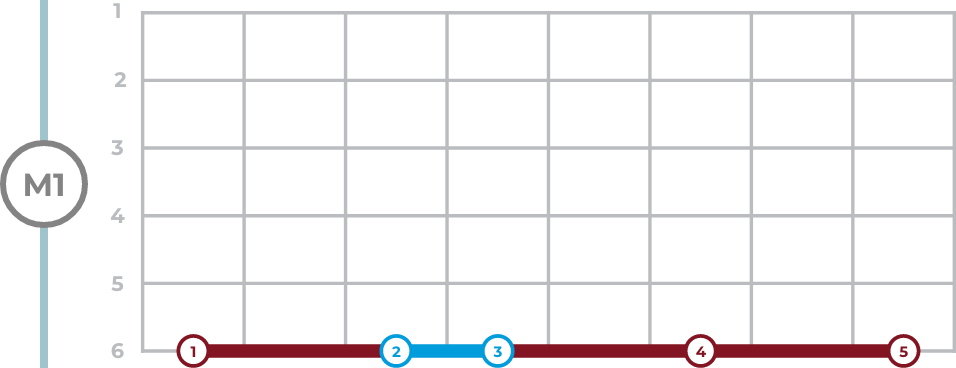
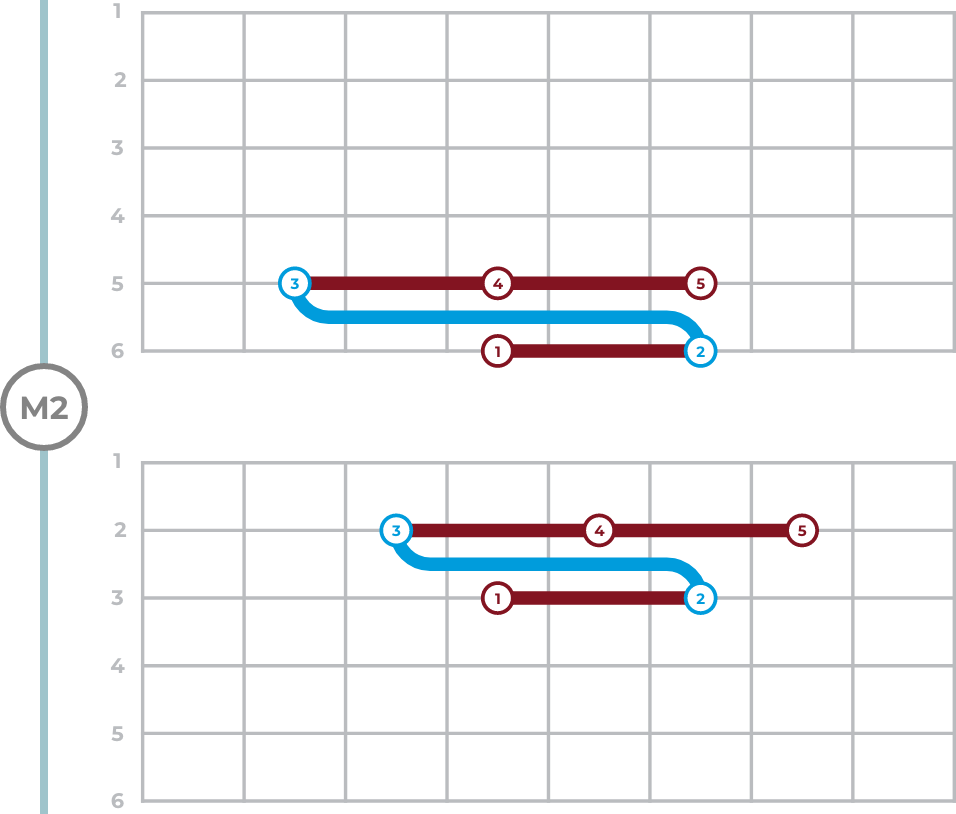
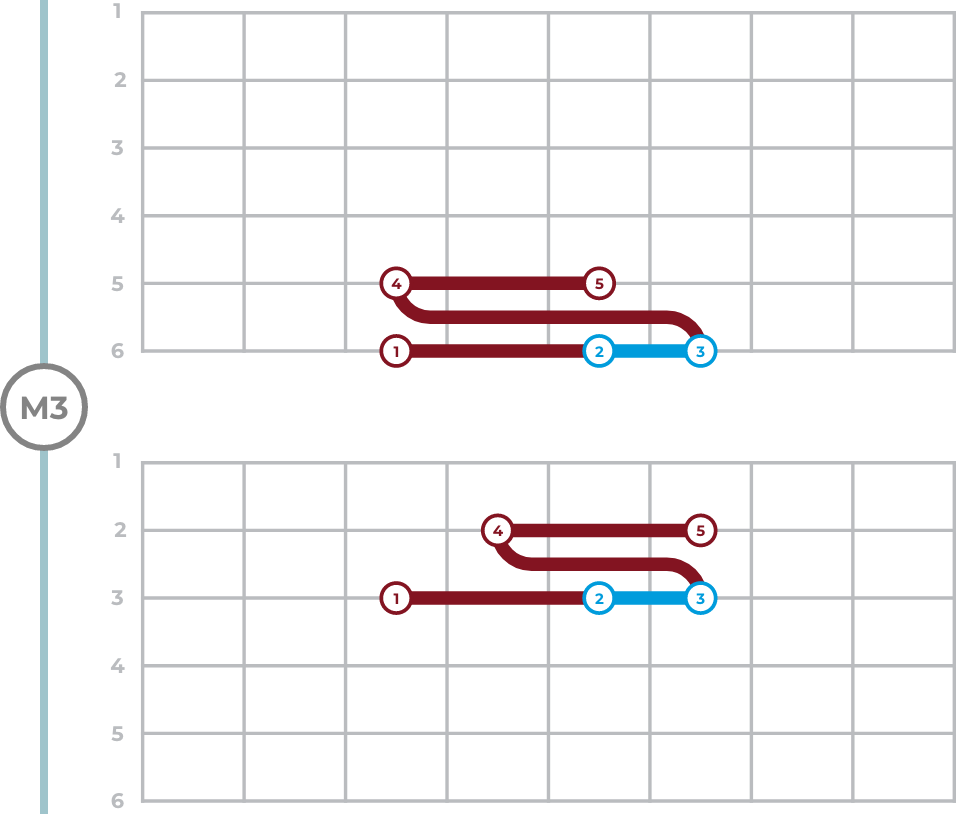
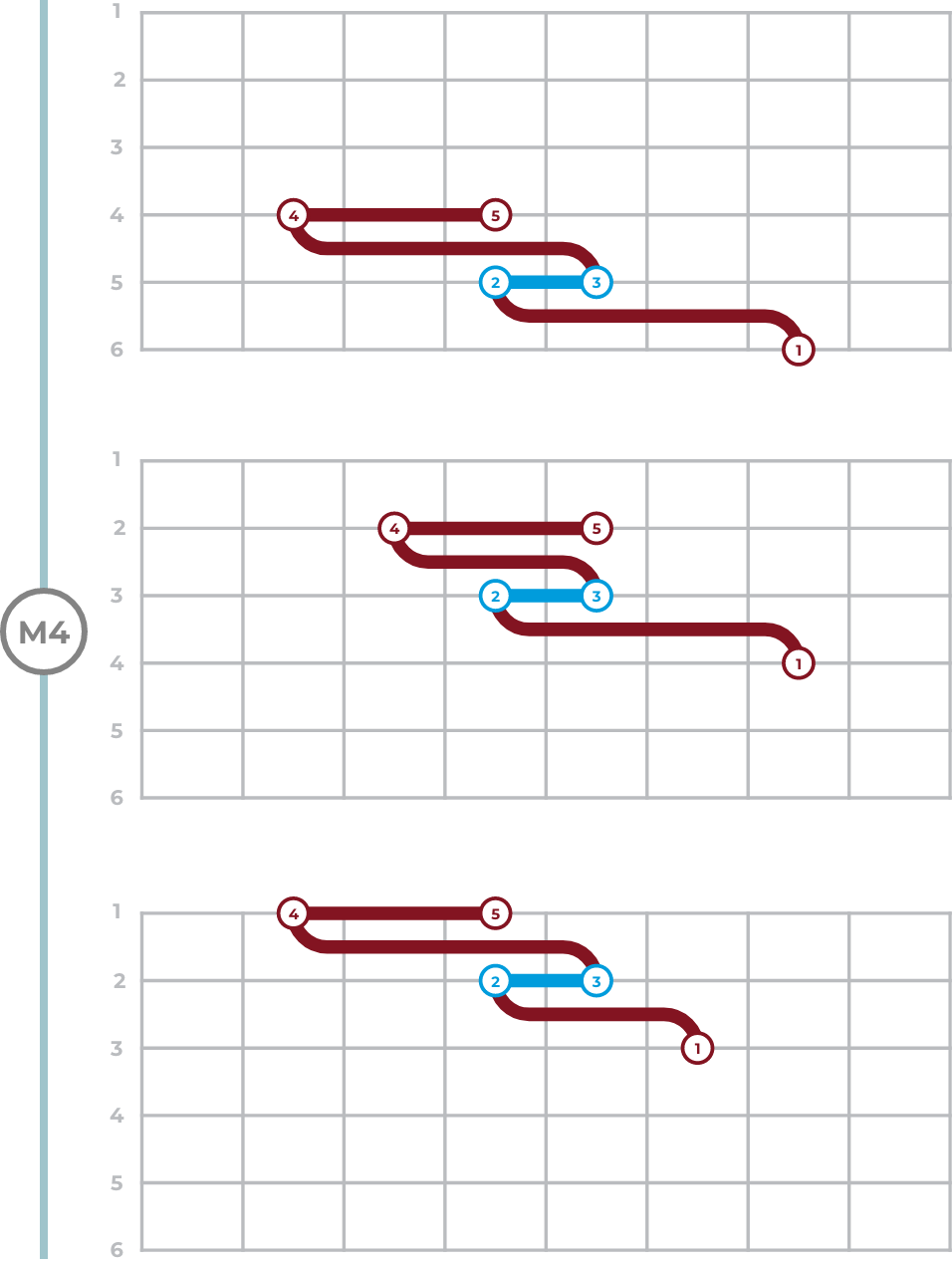
Movements - 4
Ionian (Major) = Mixolydian
Major family

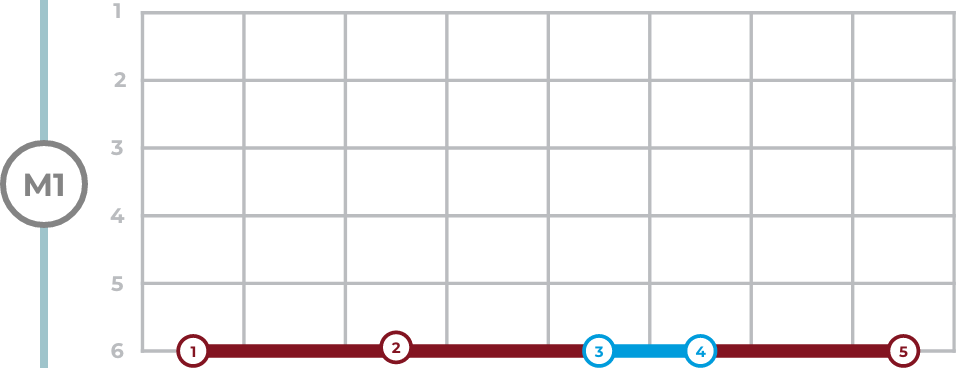
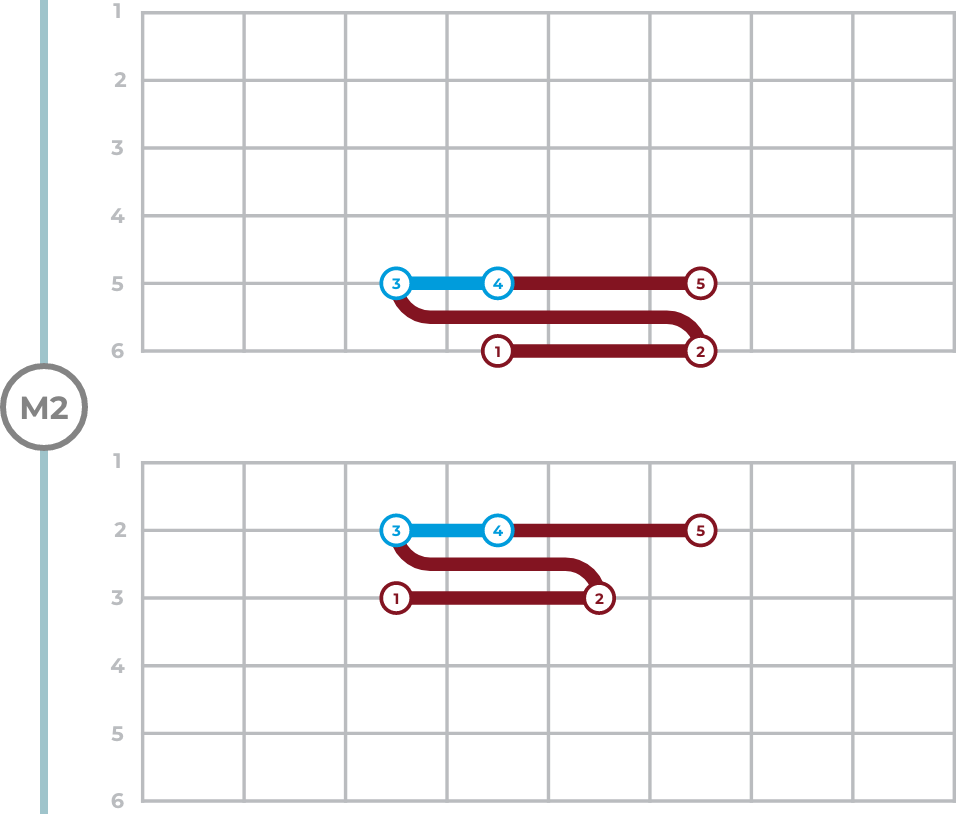
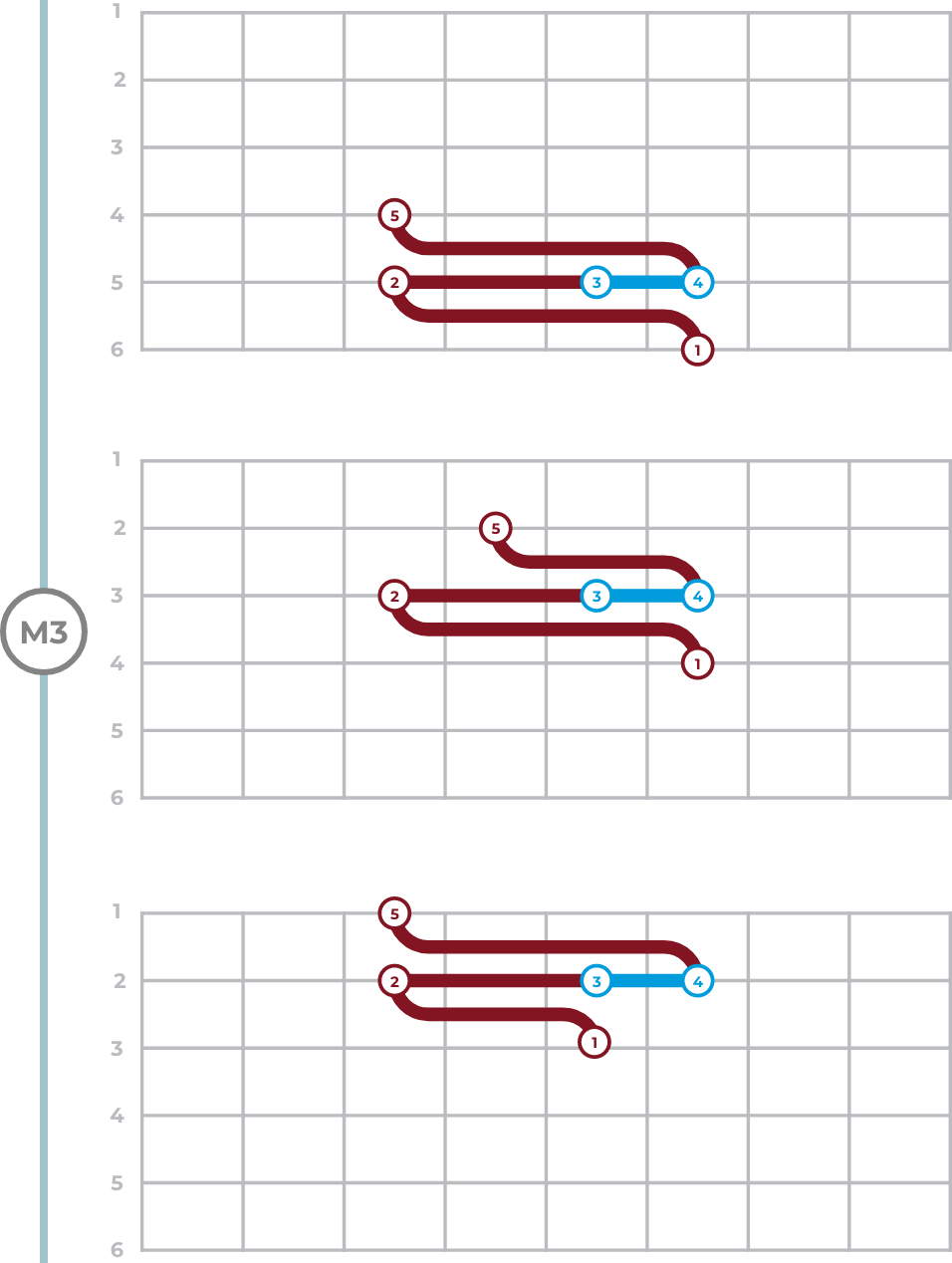
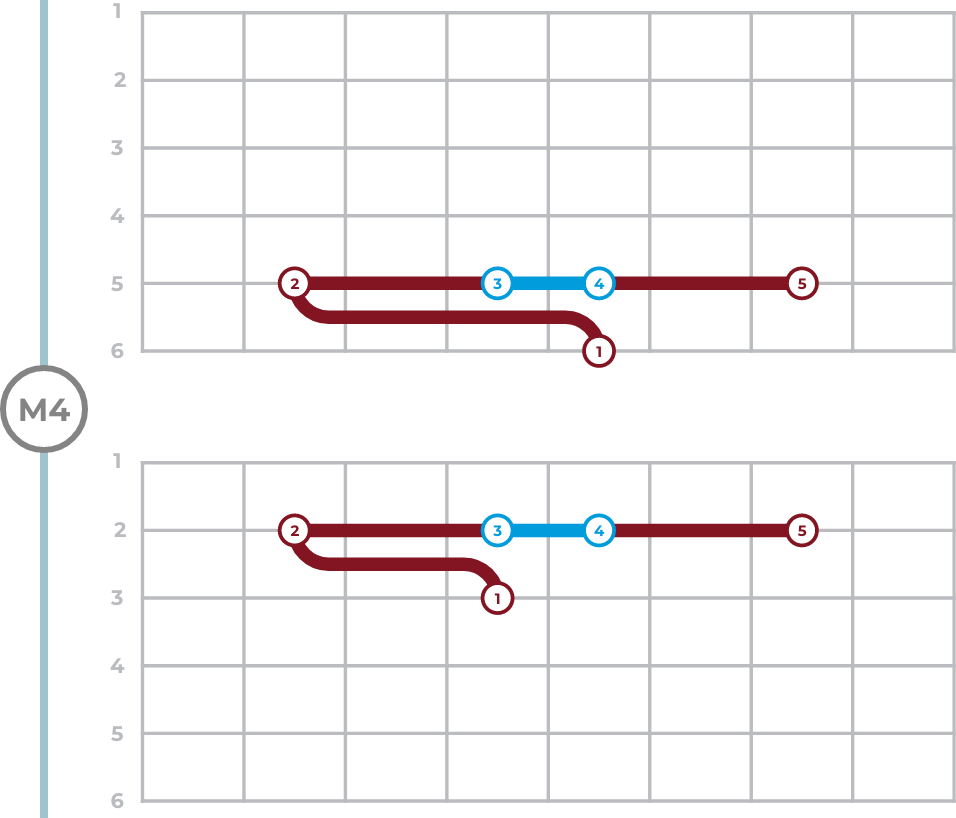
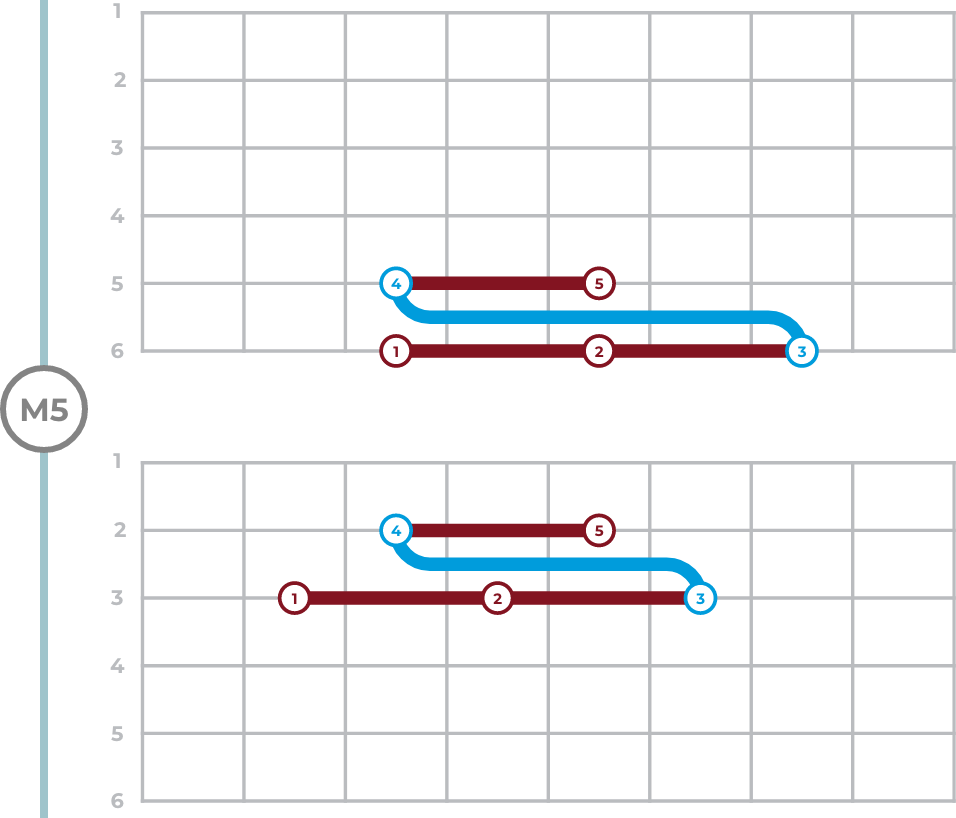
Movements - 4
Phrygian
Minor family

